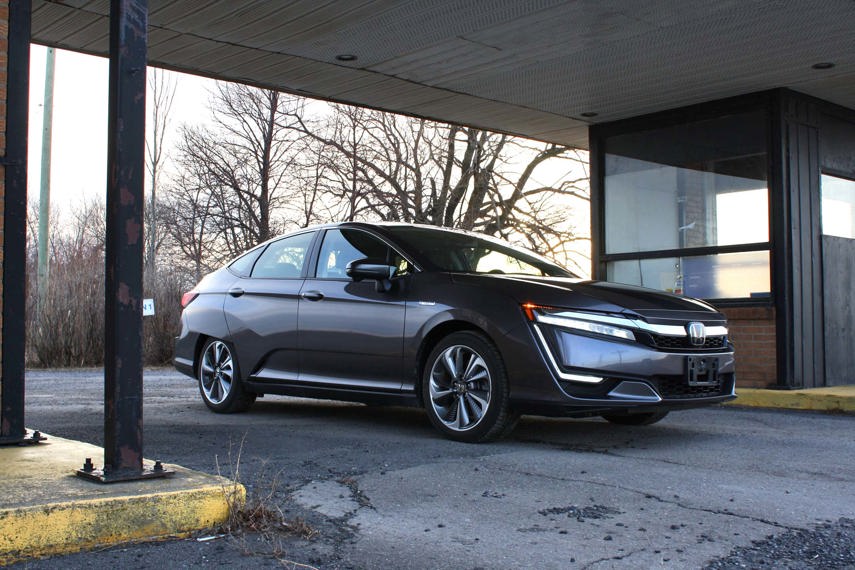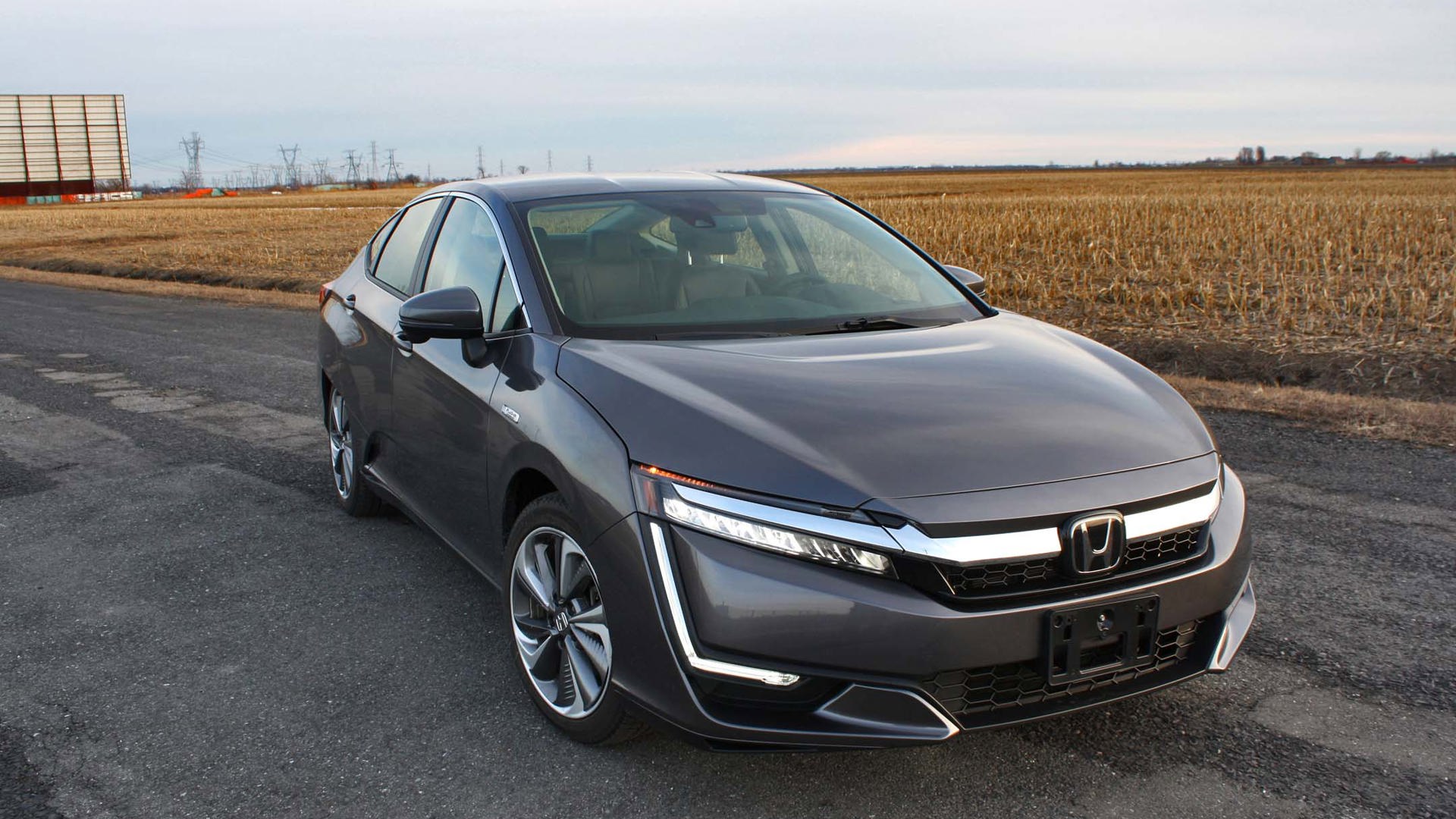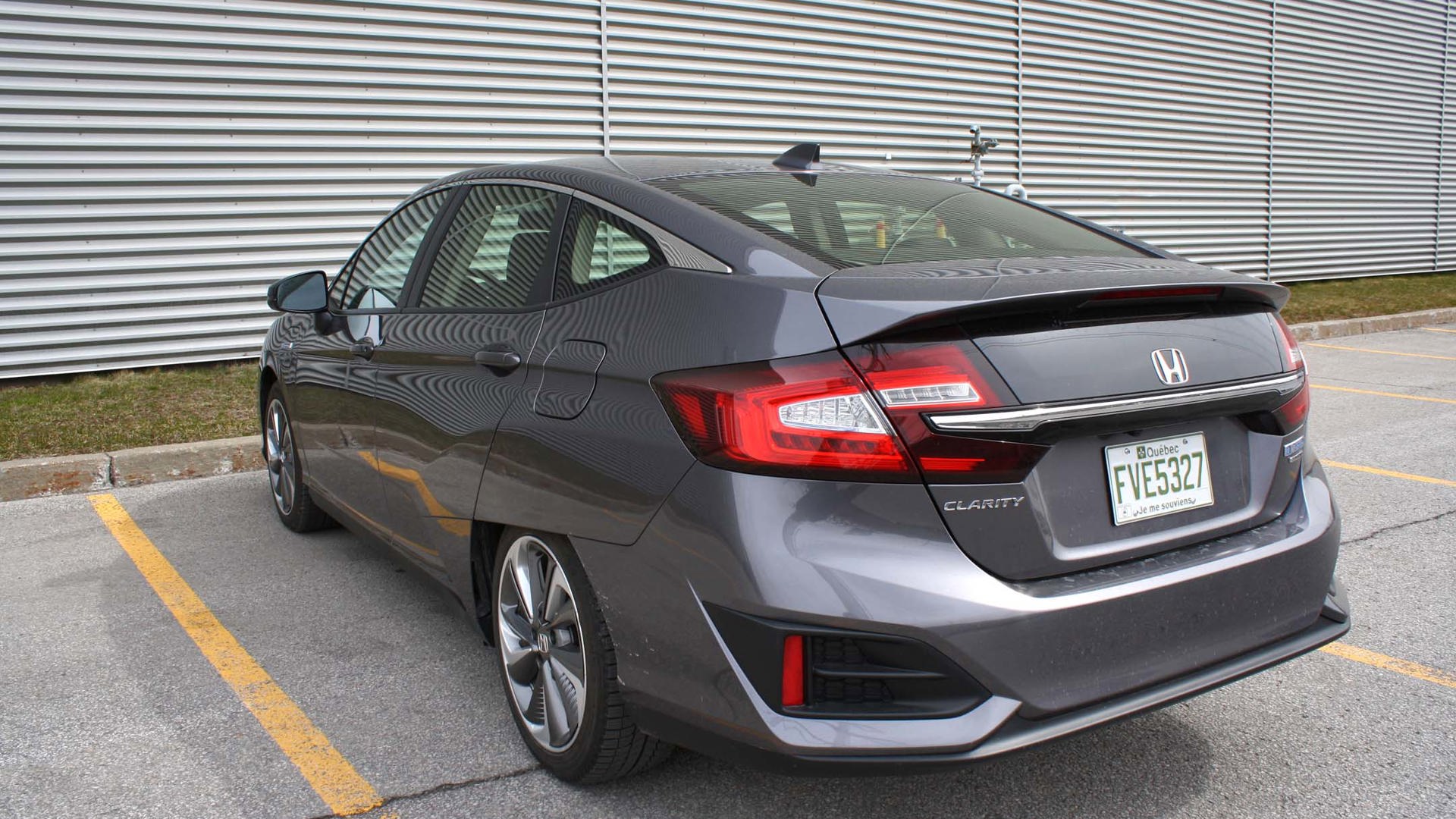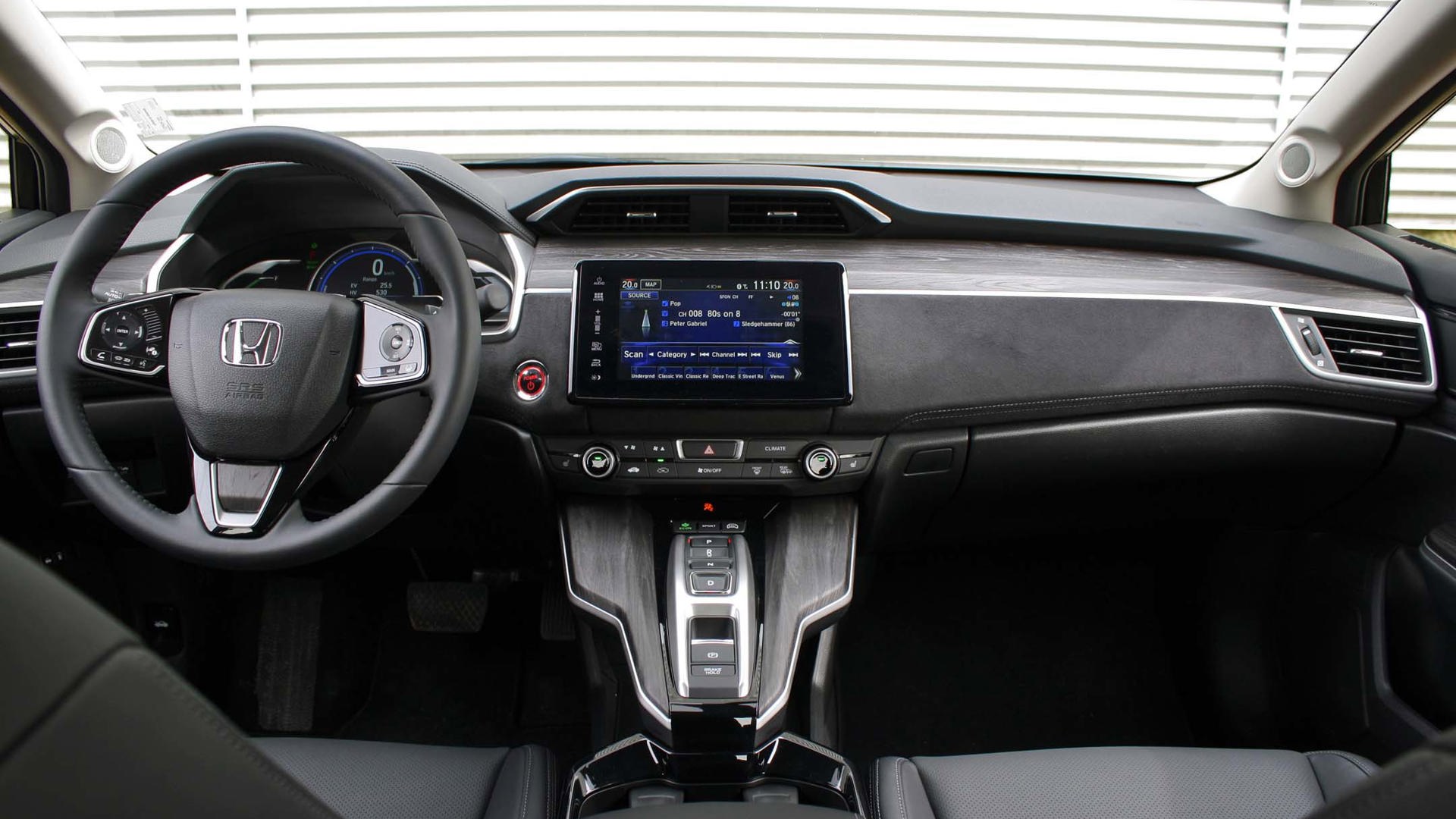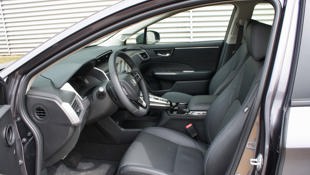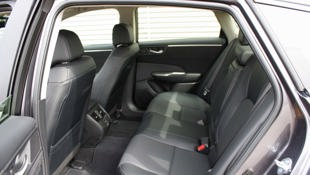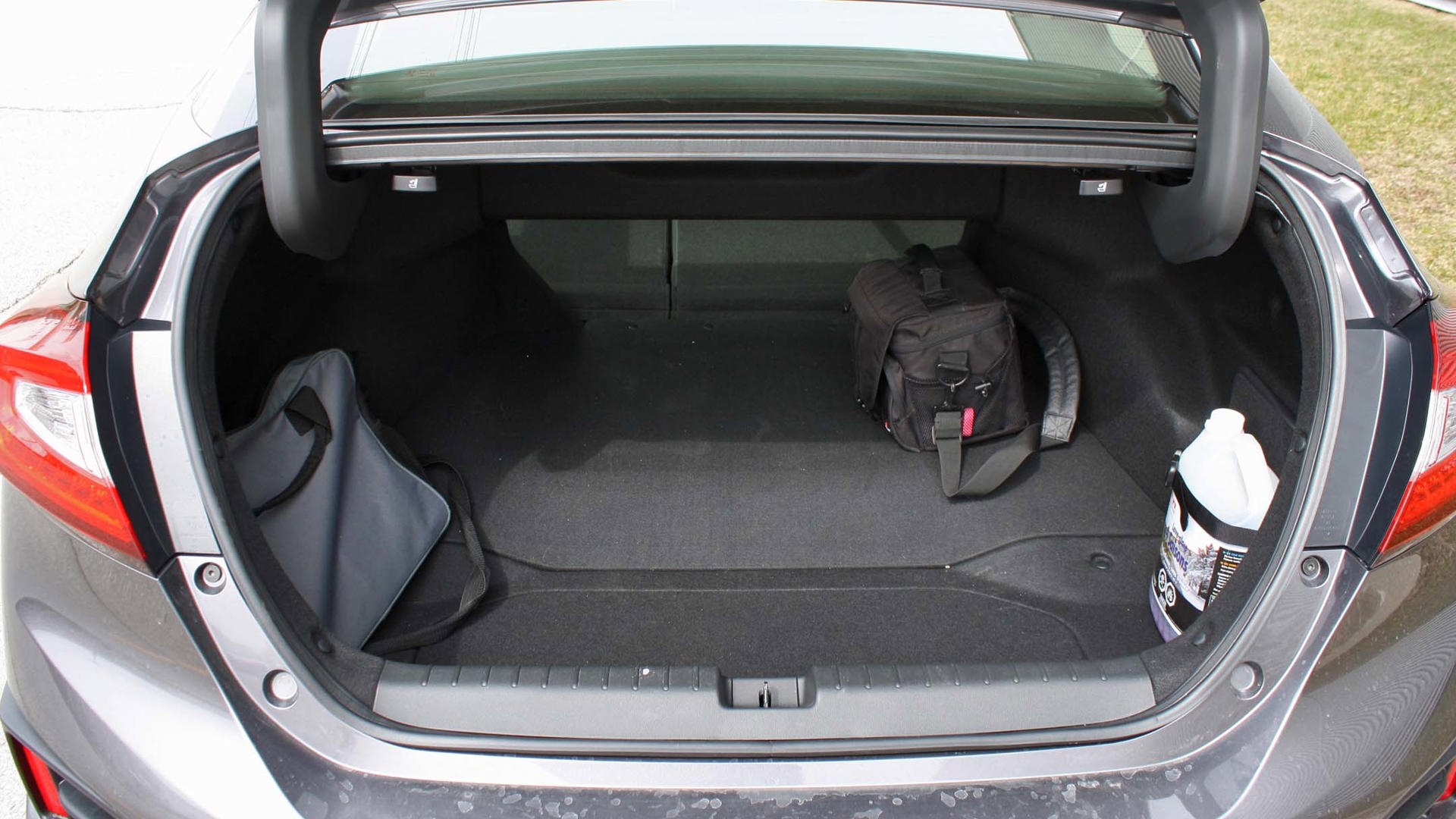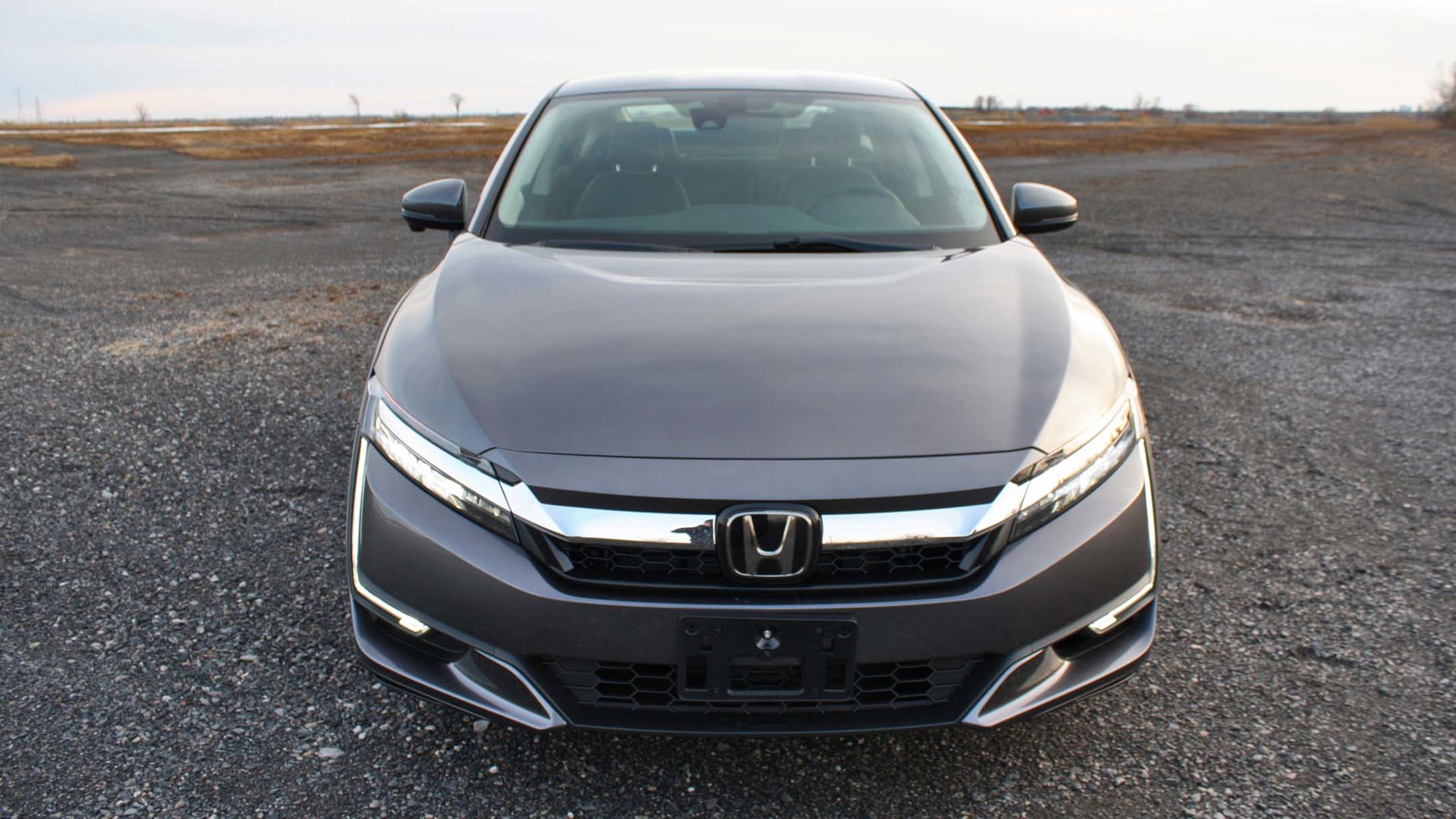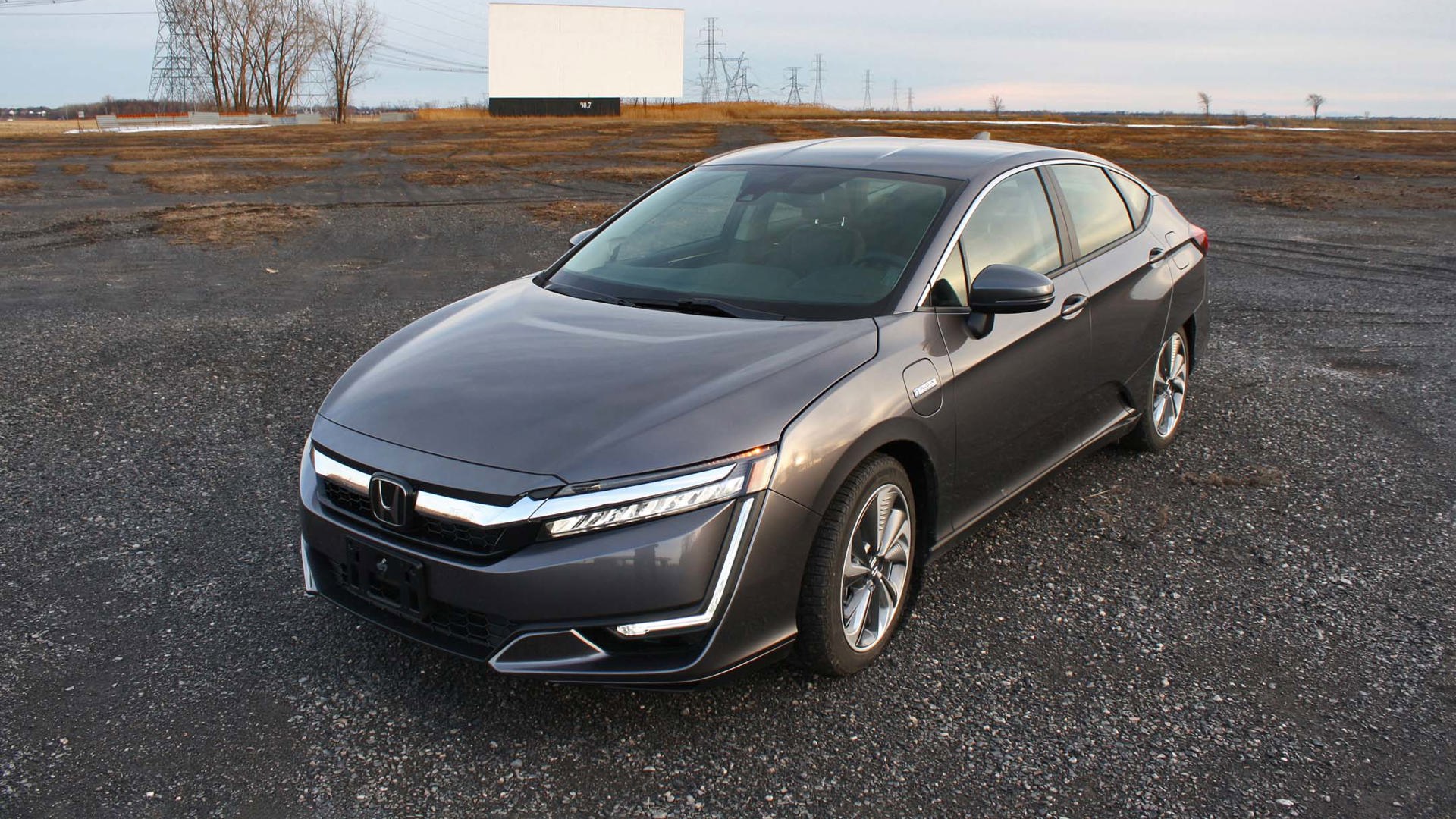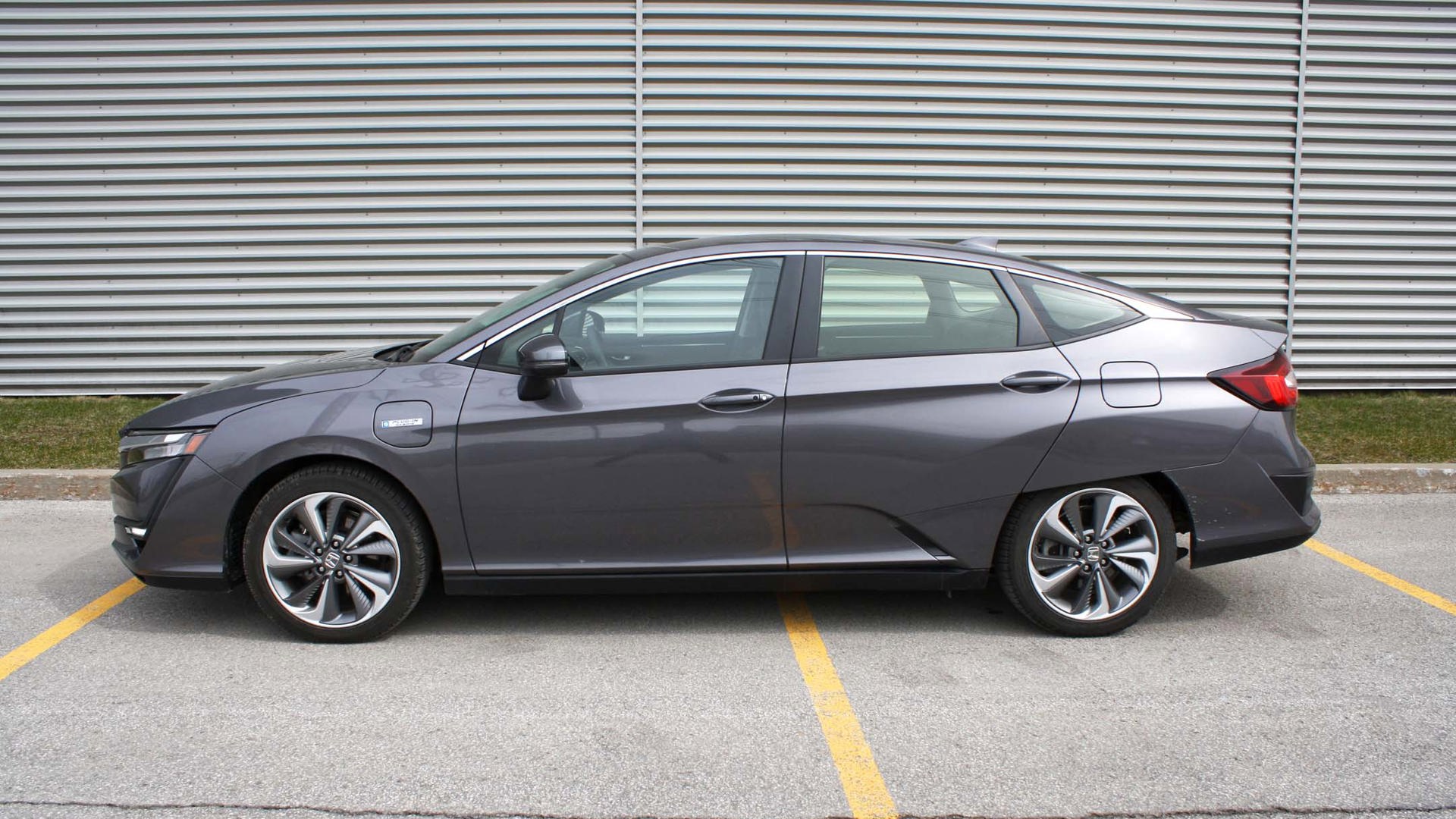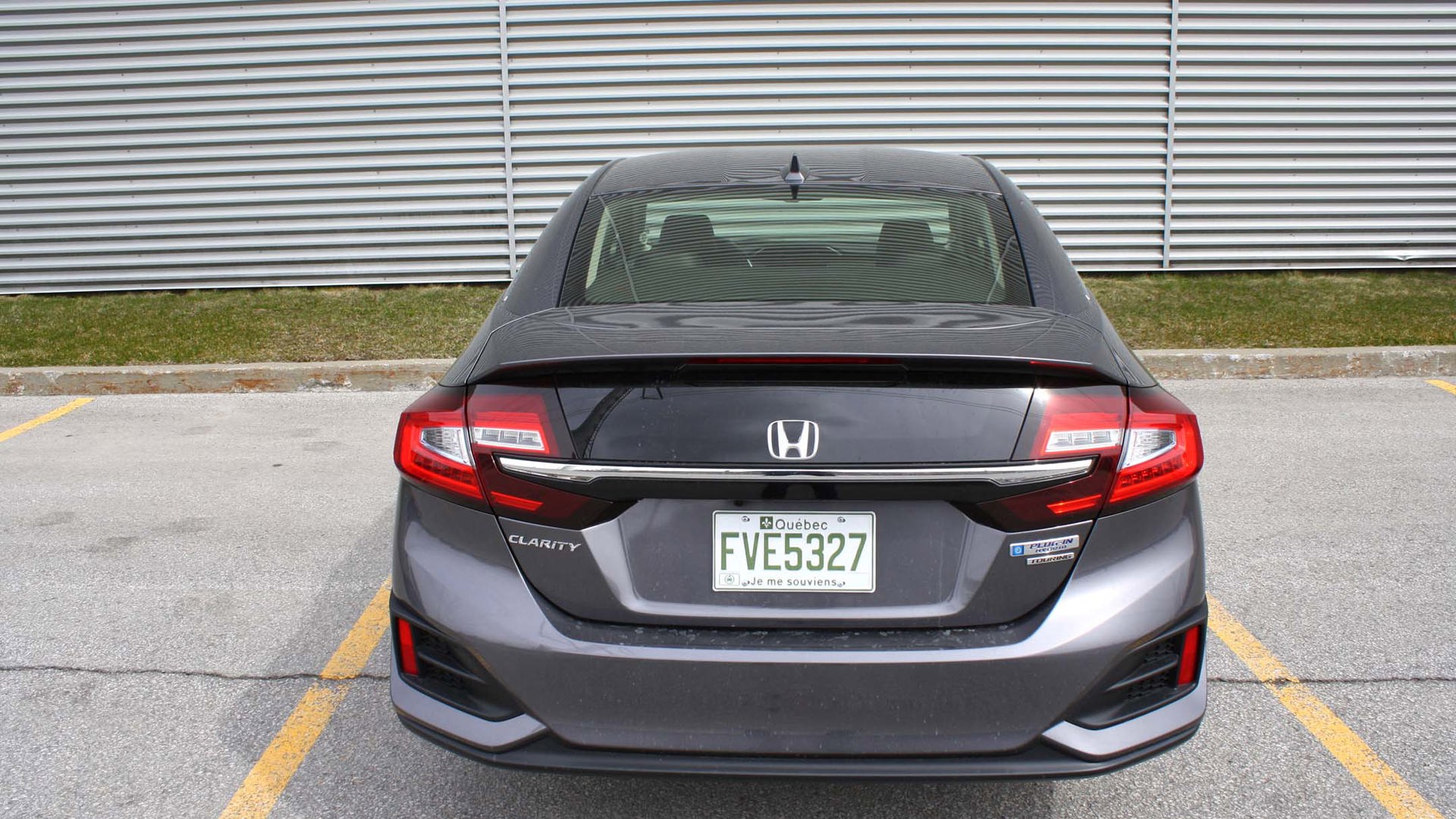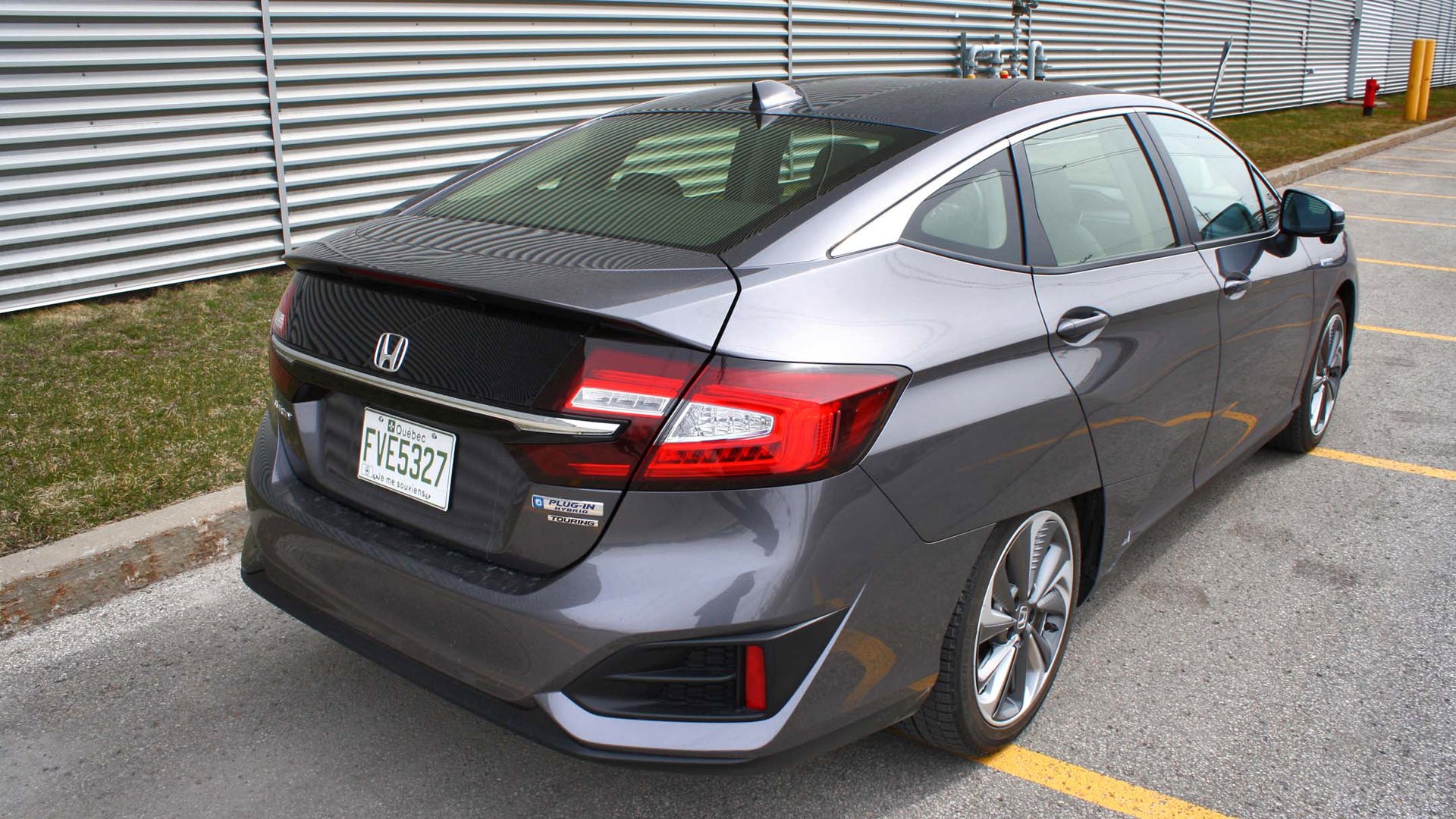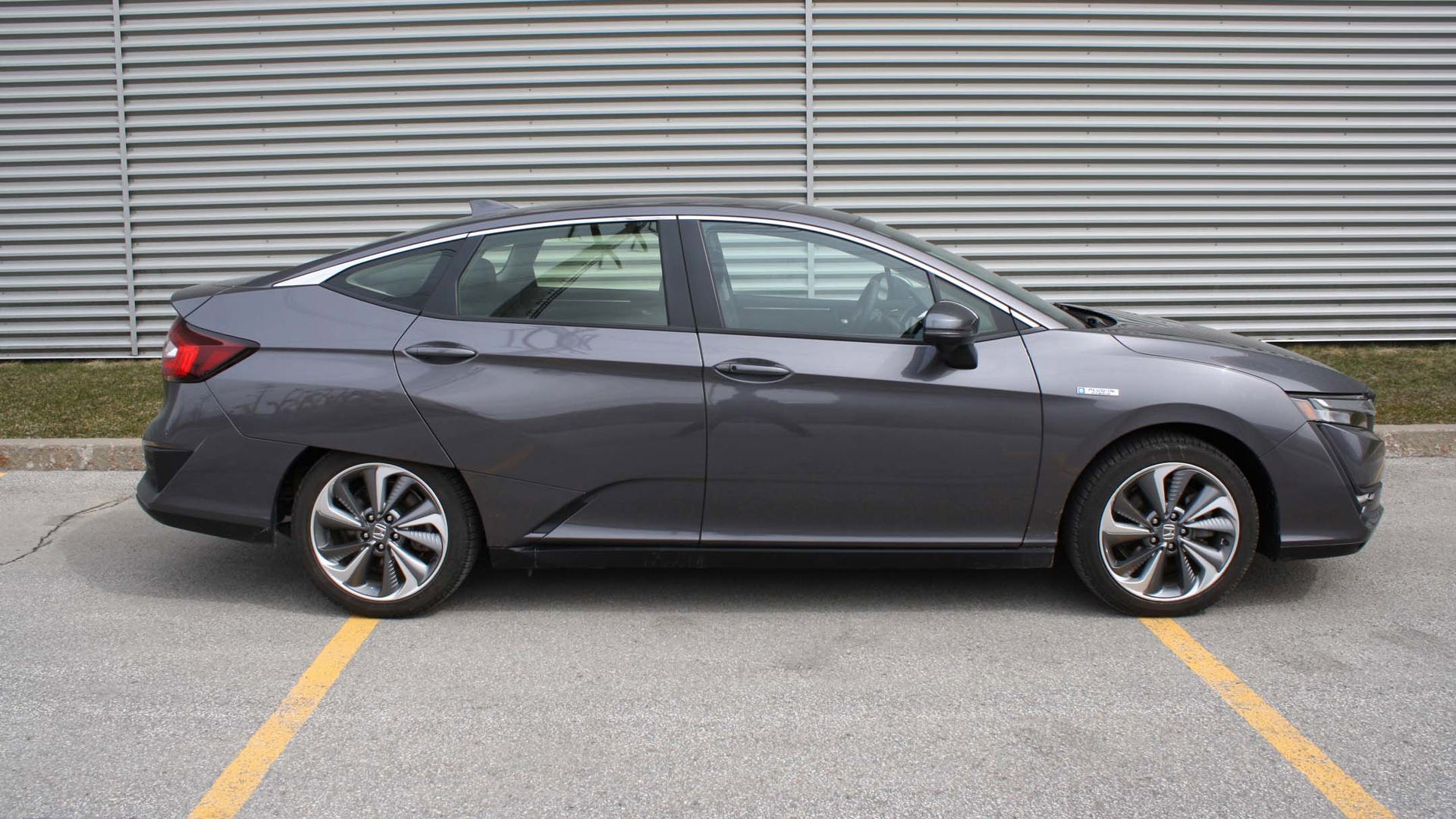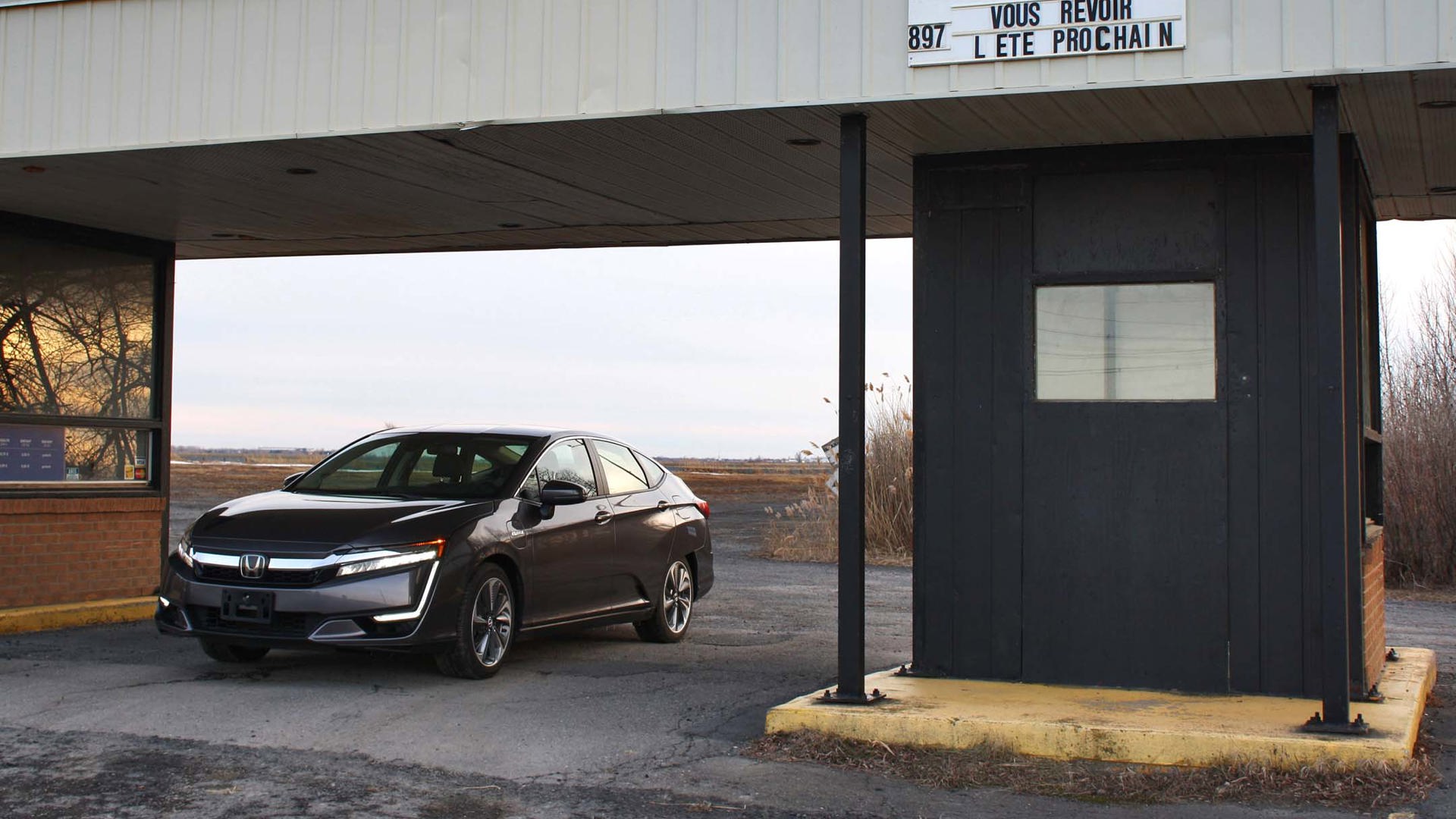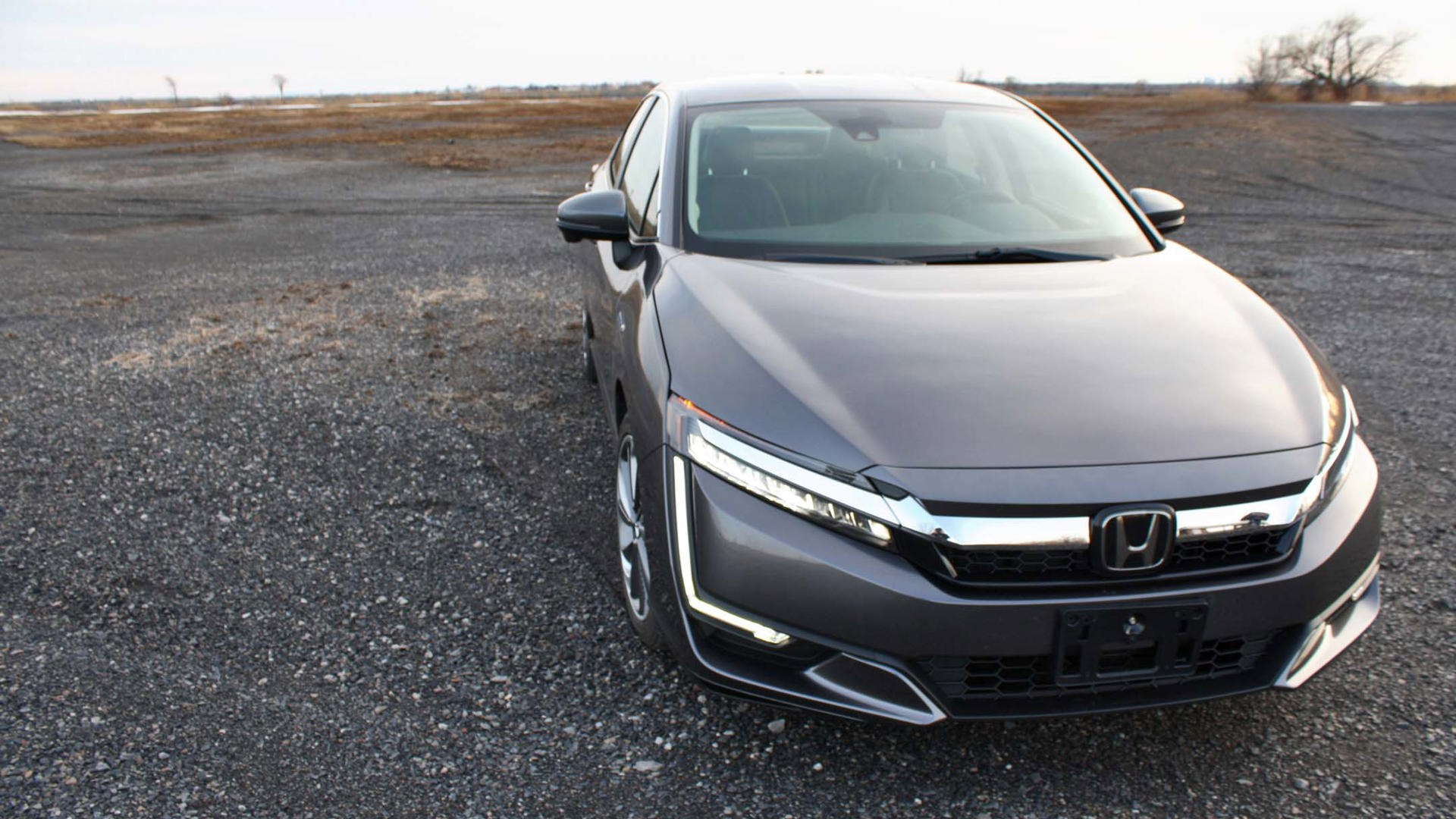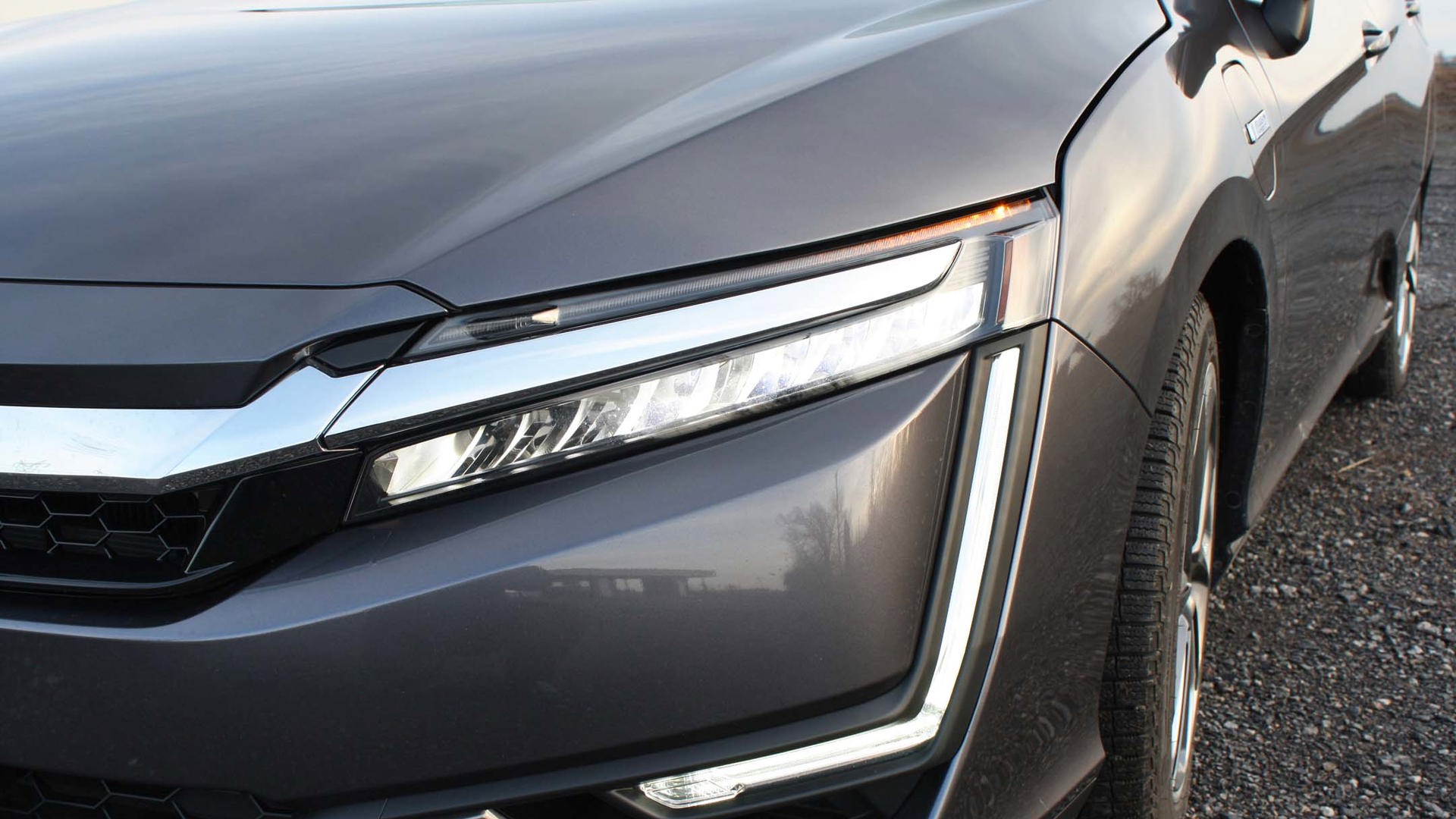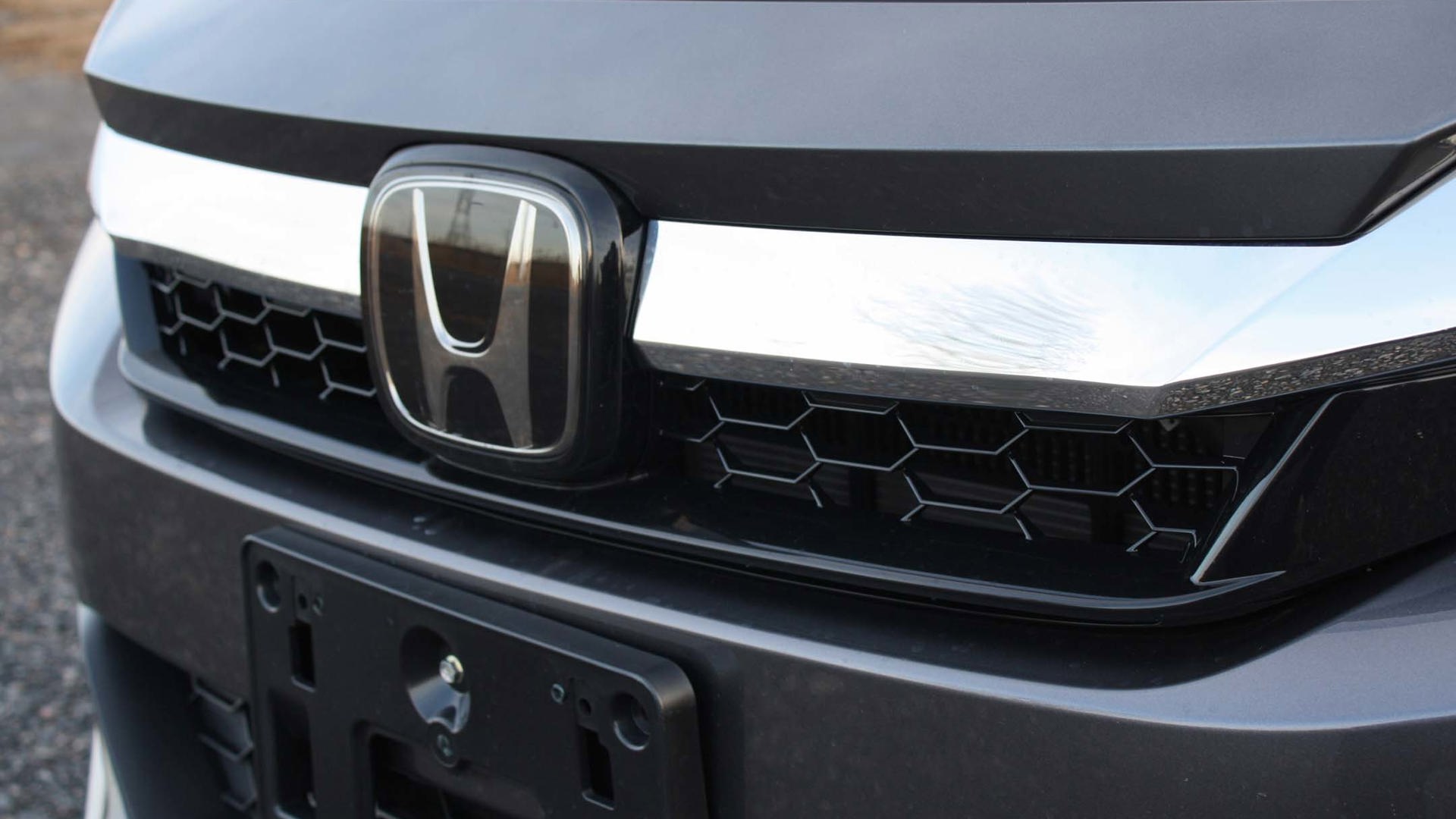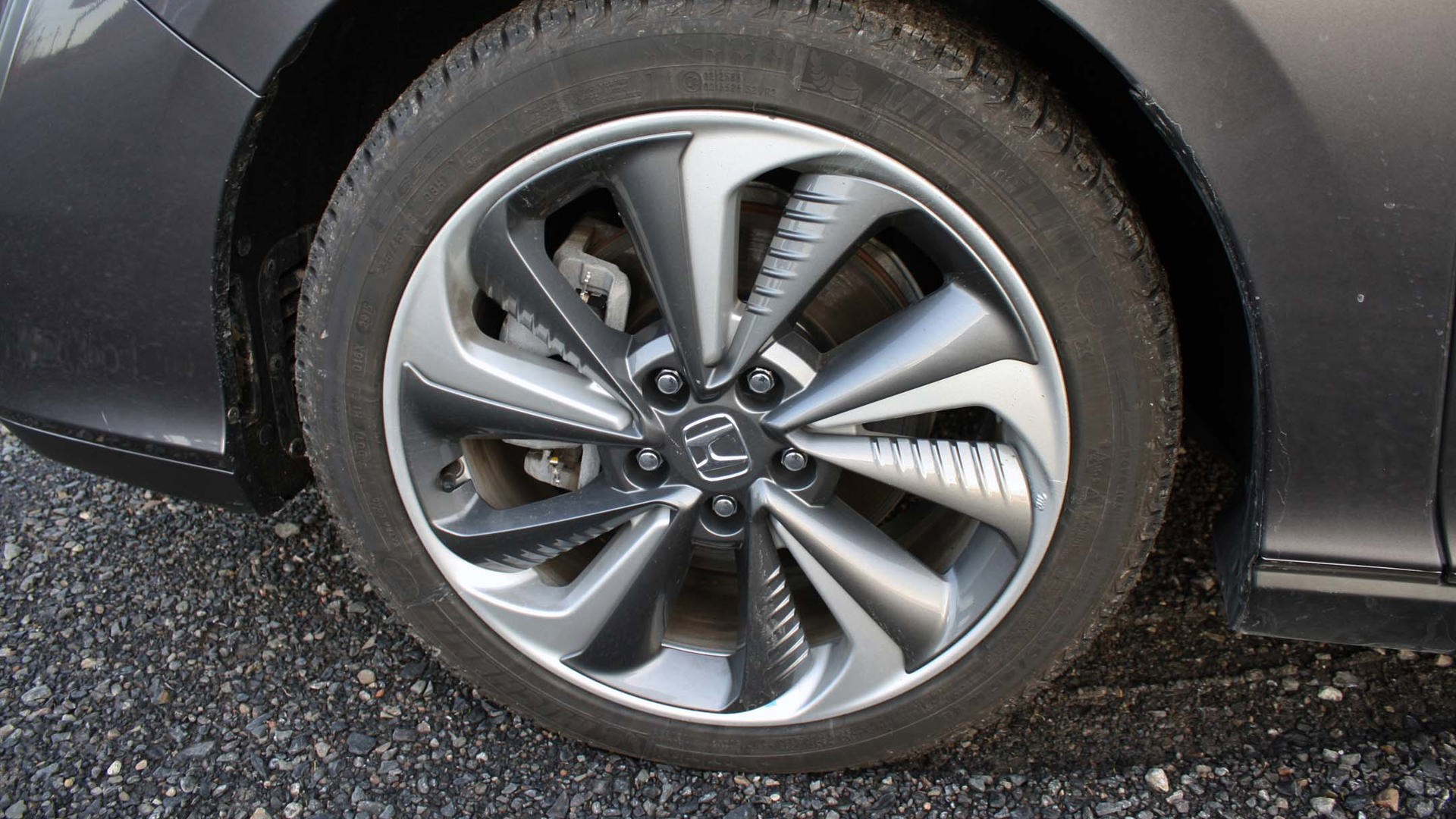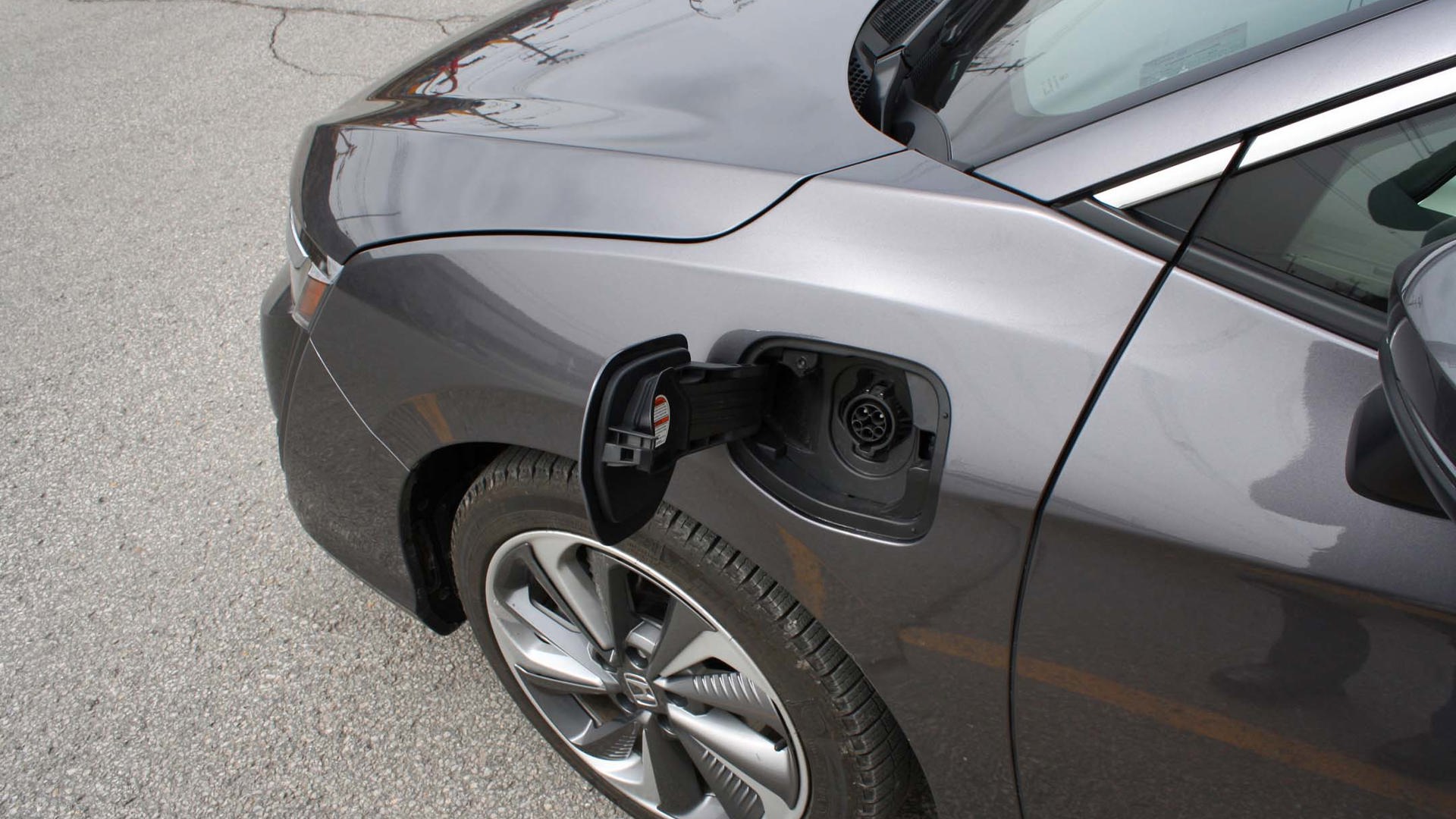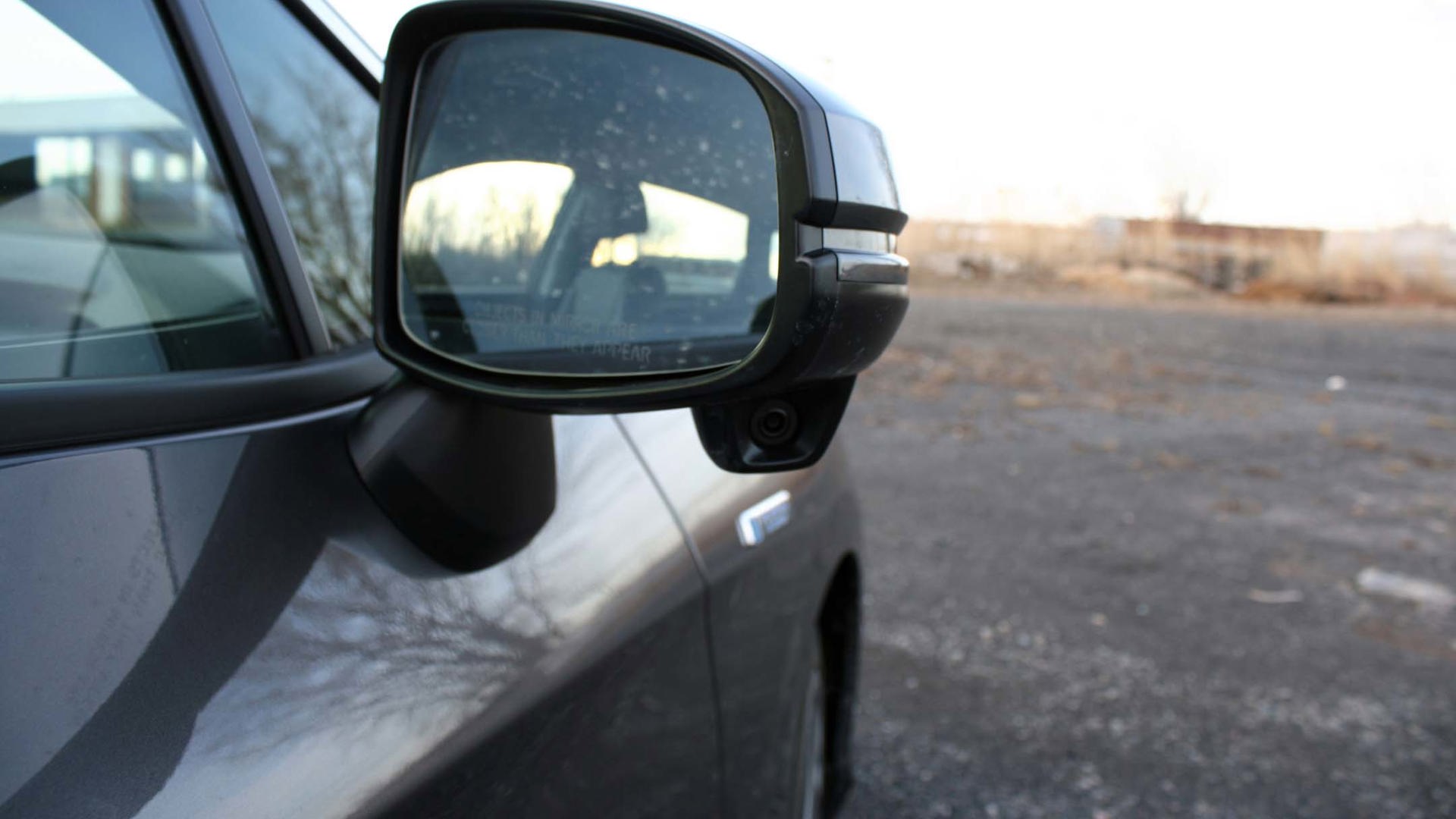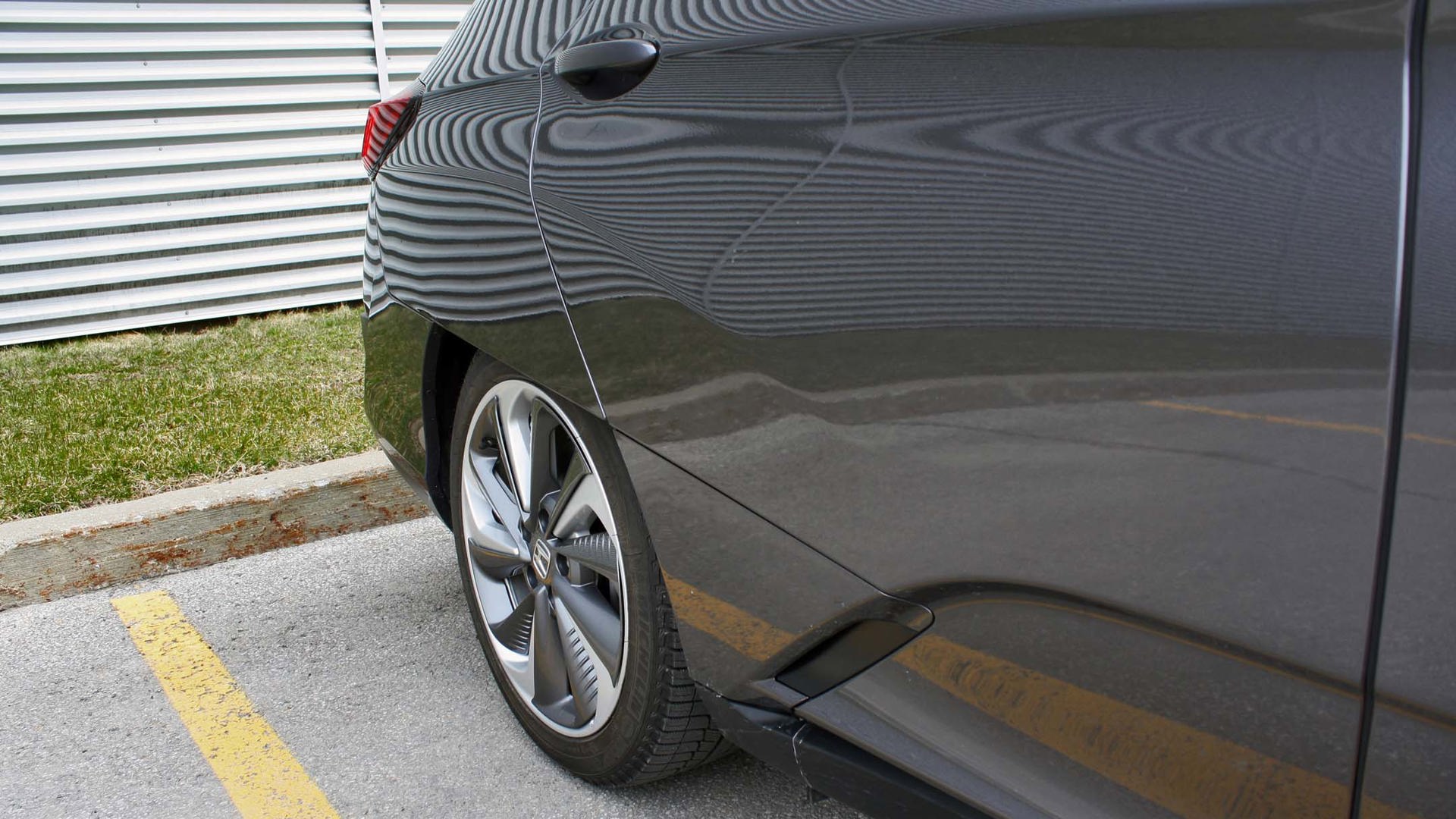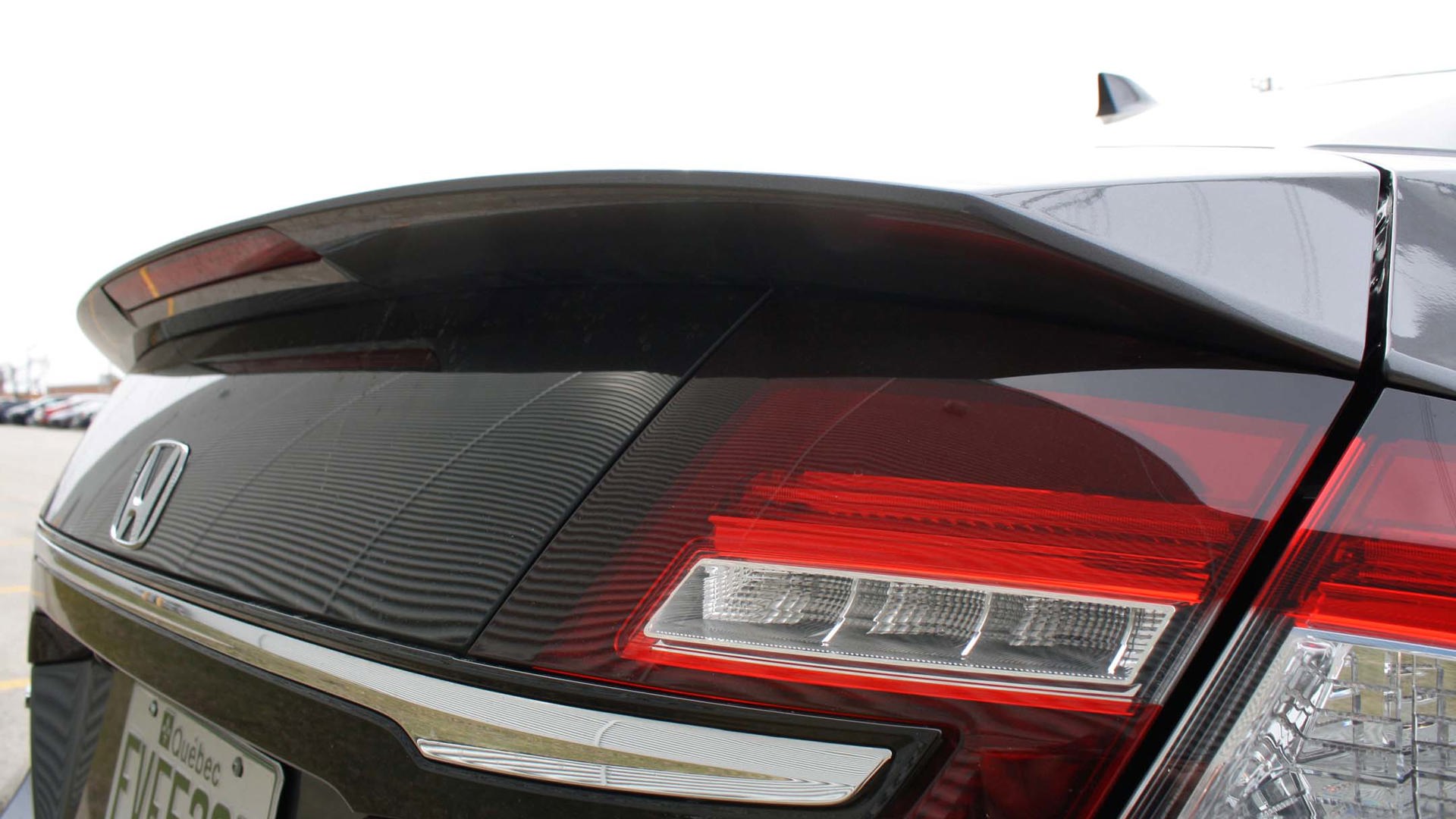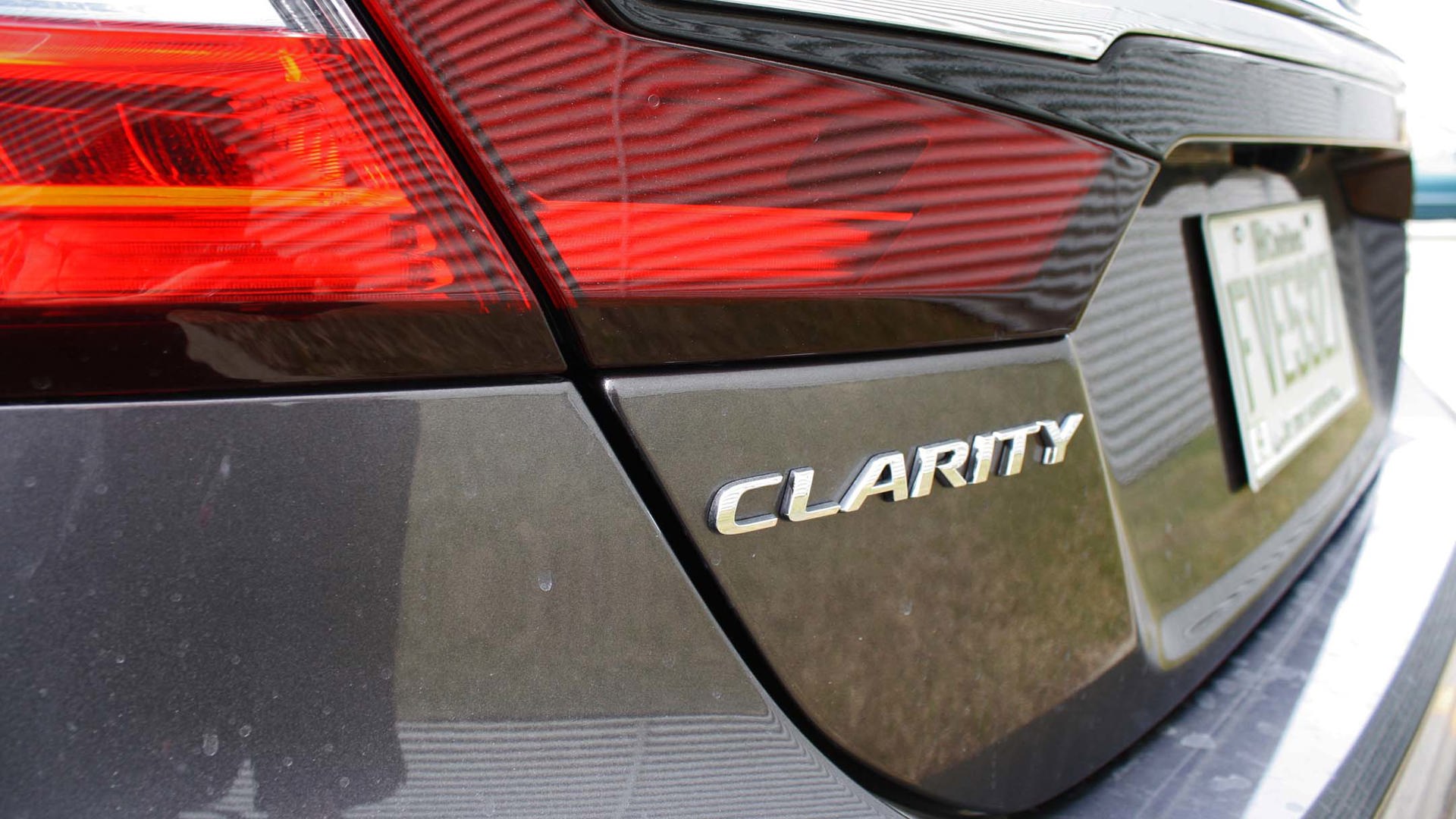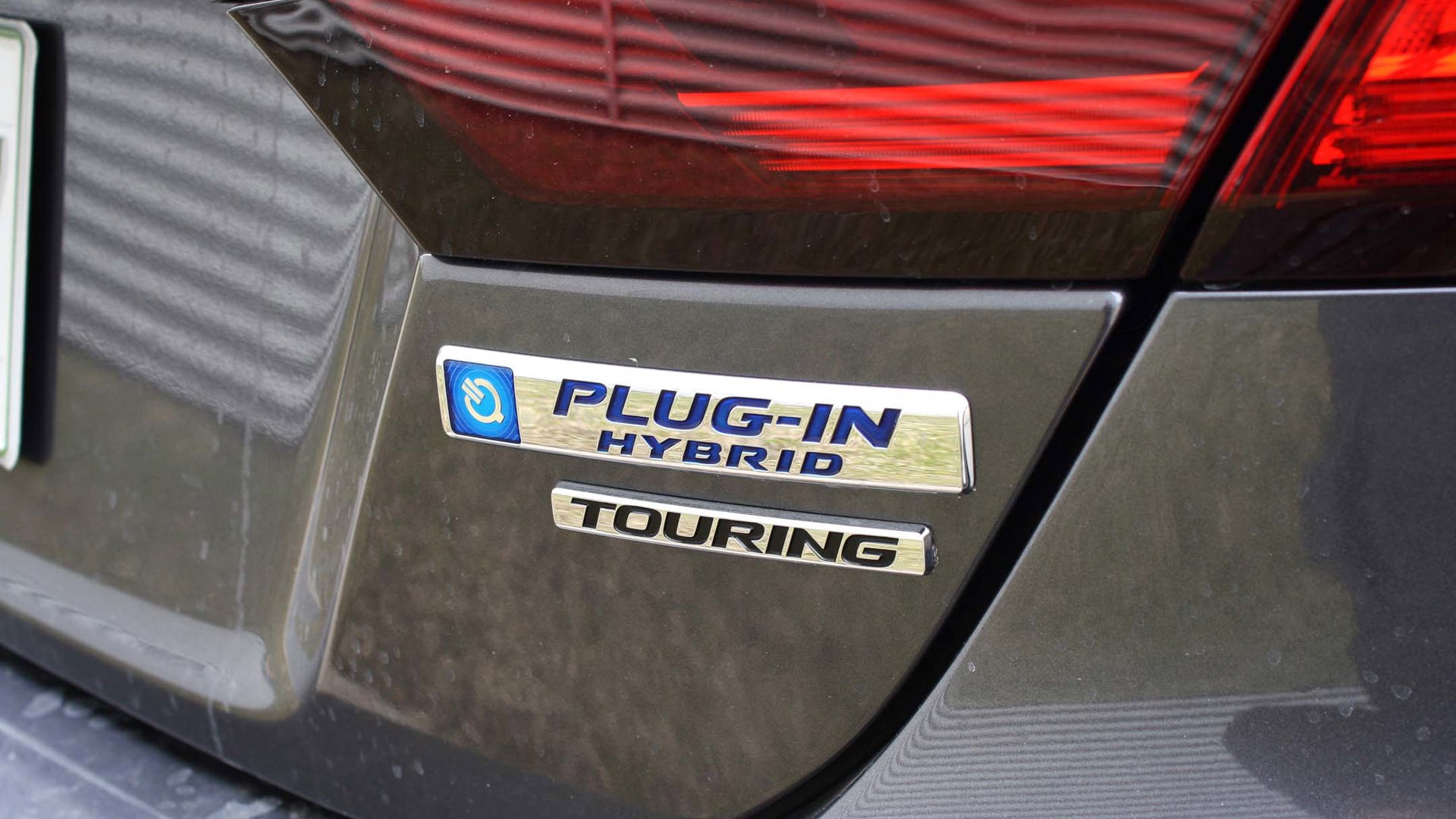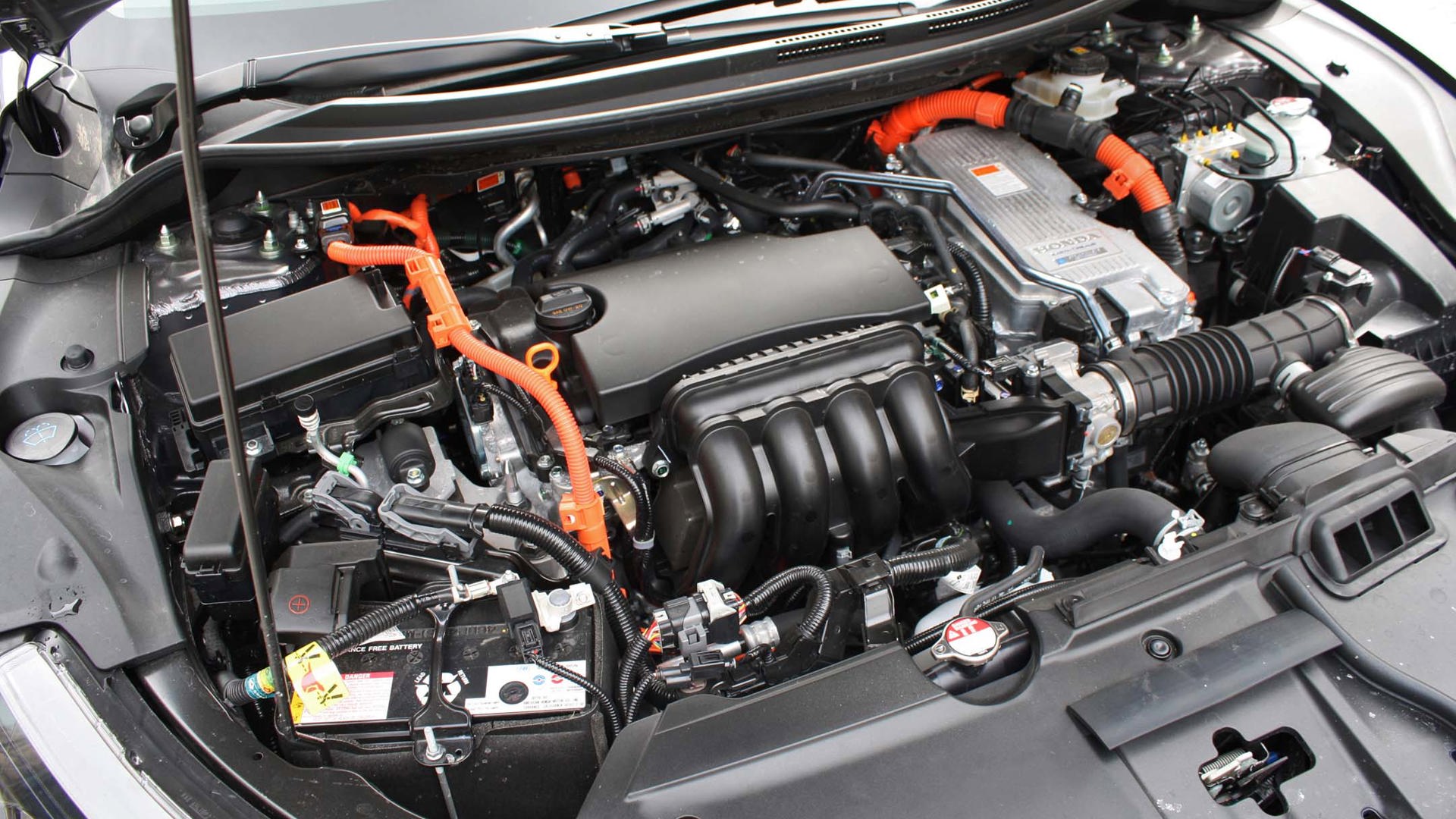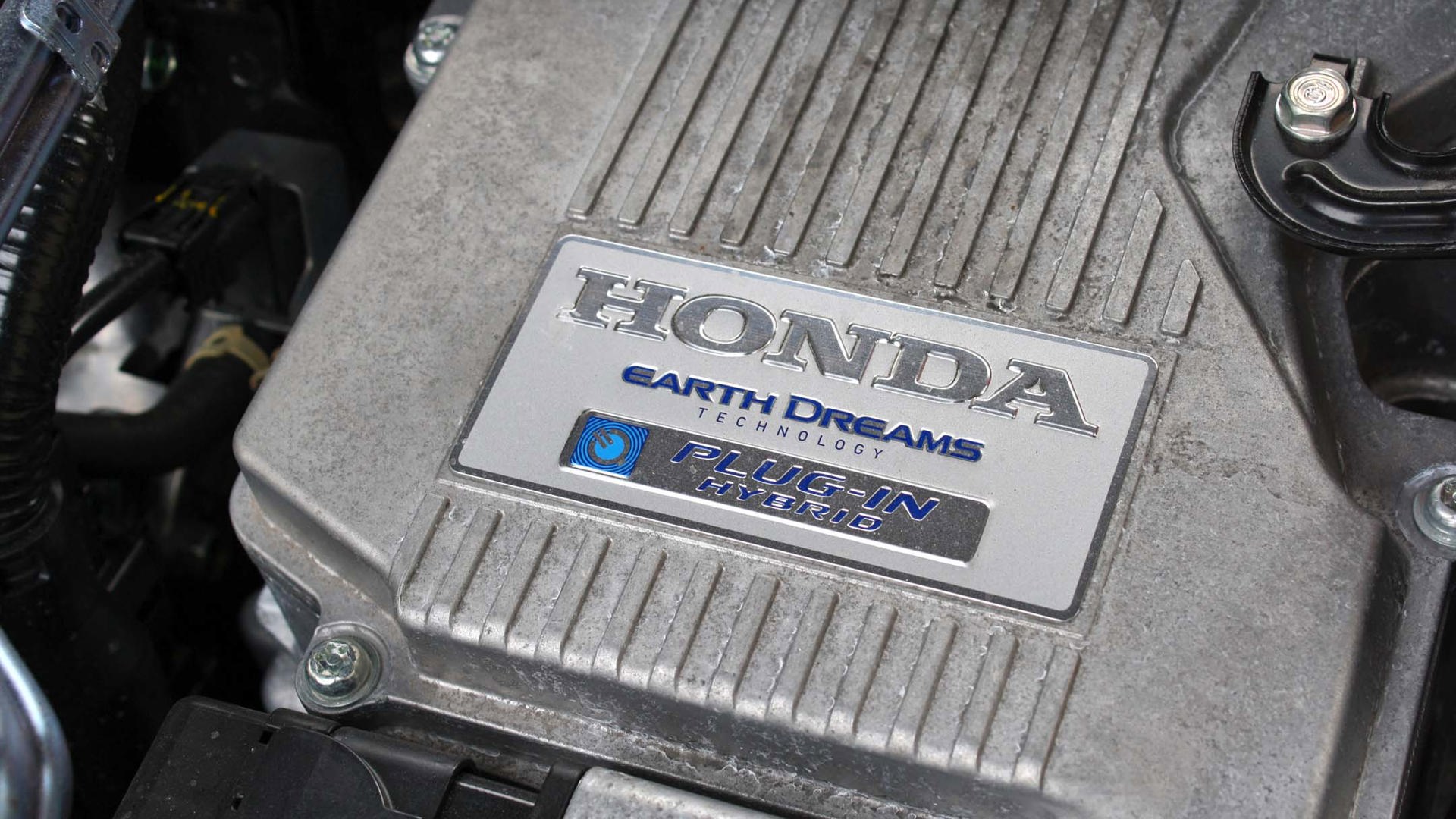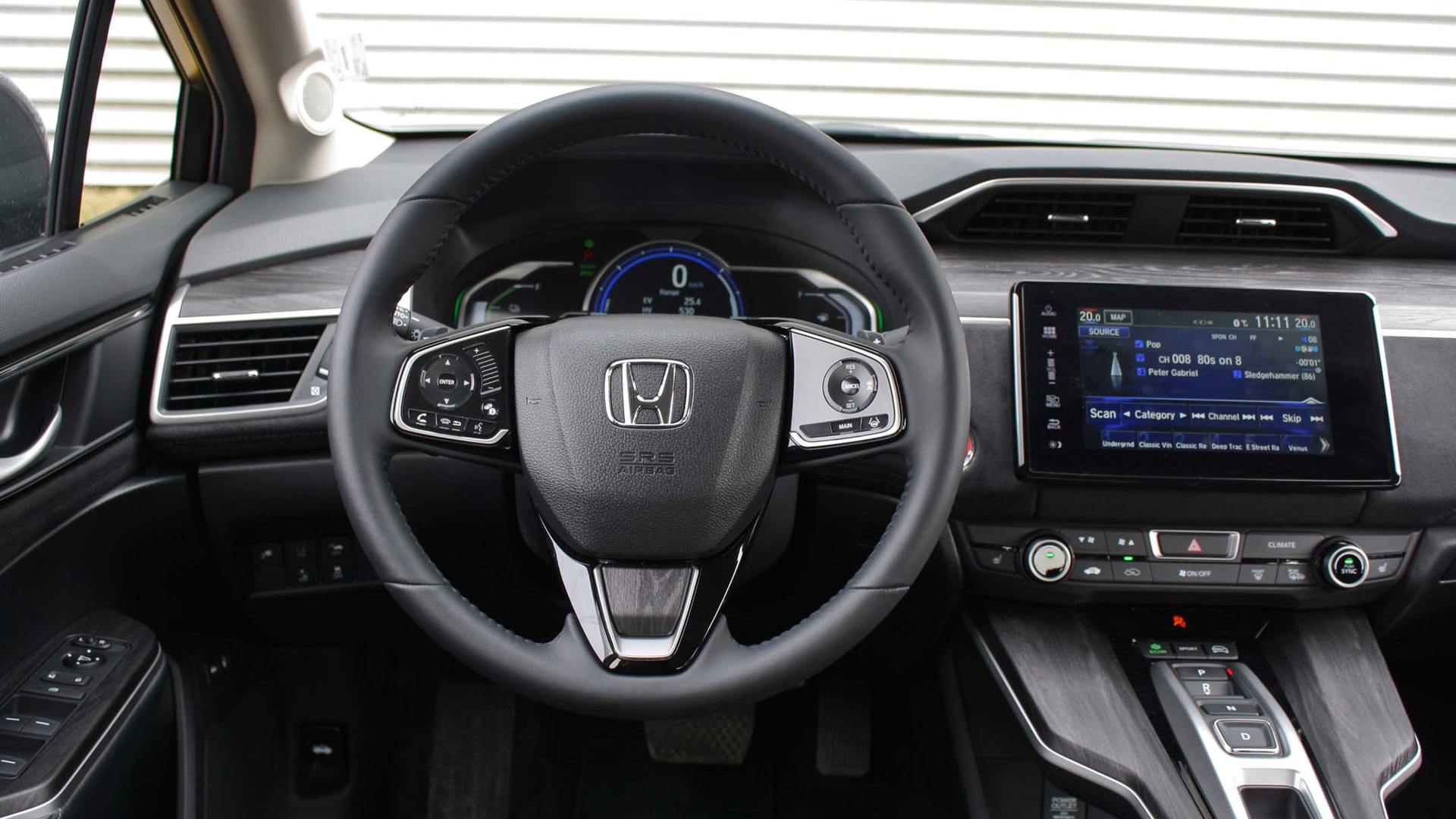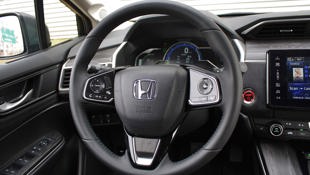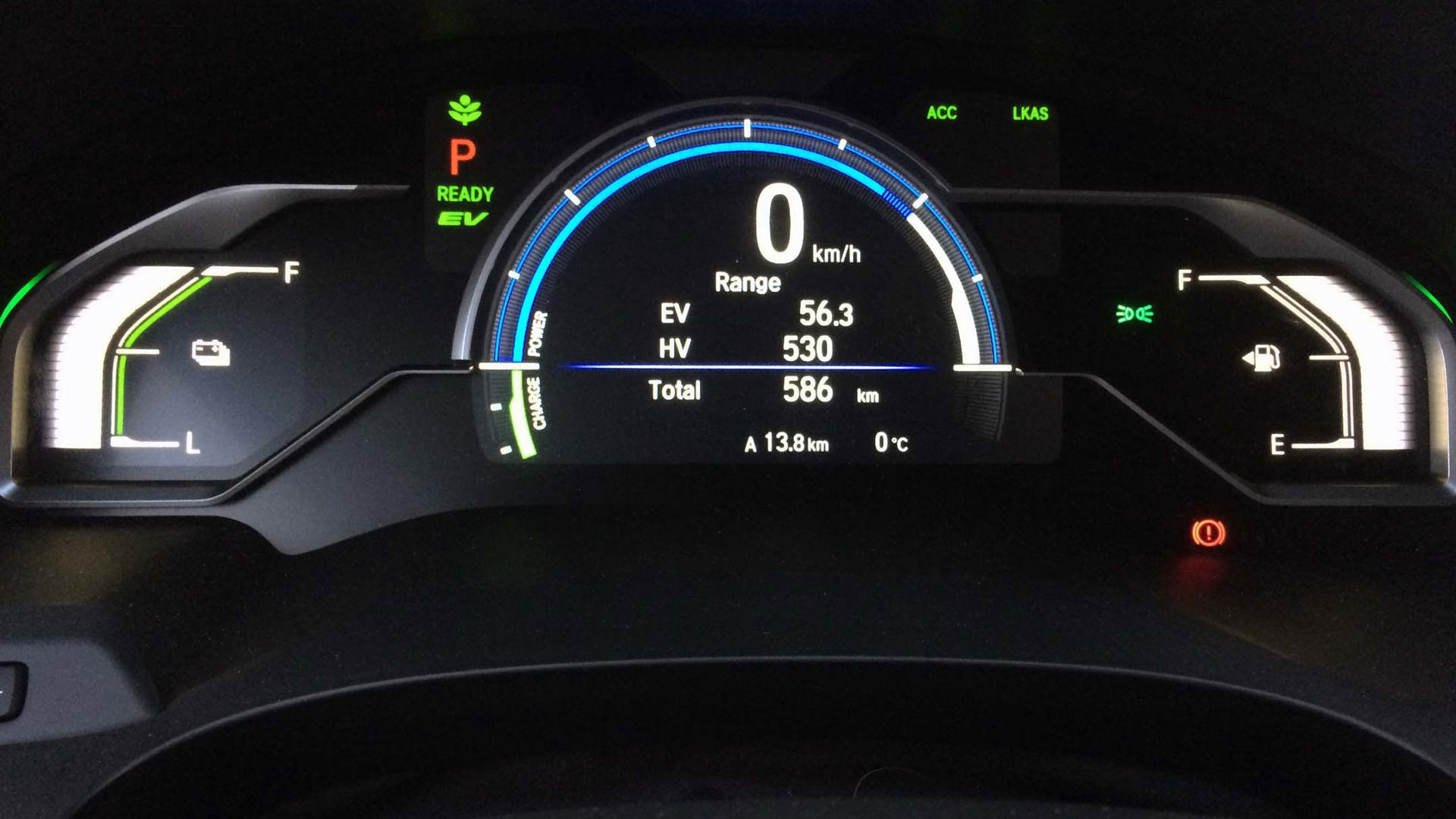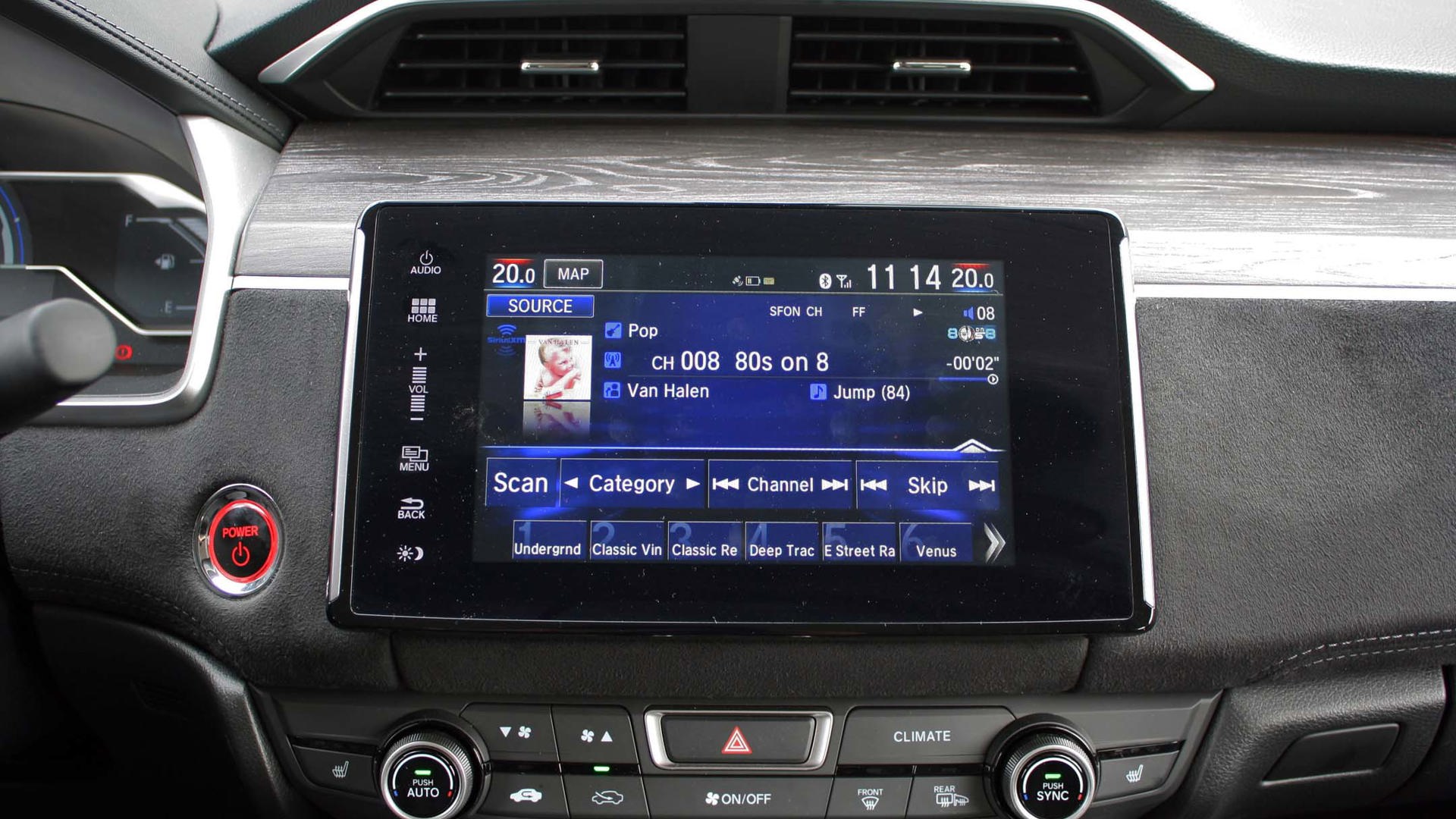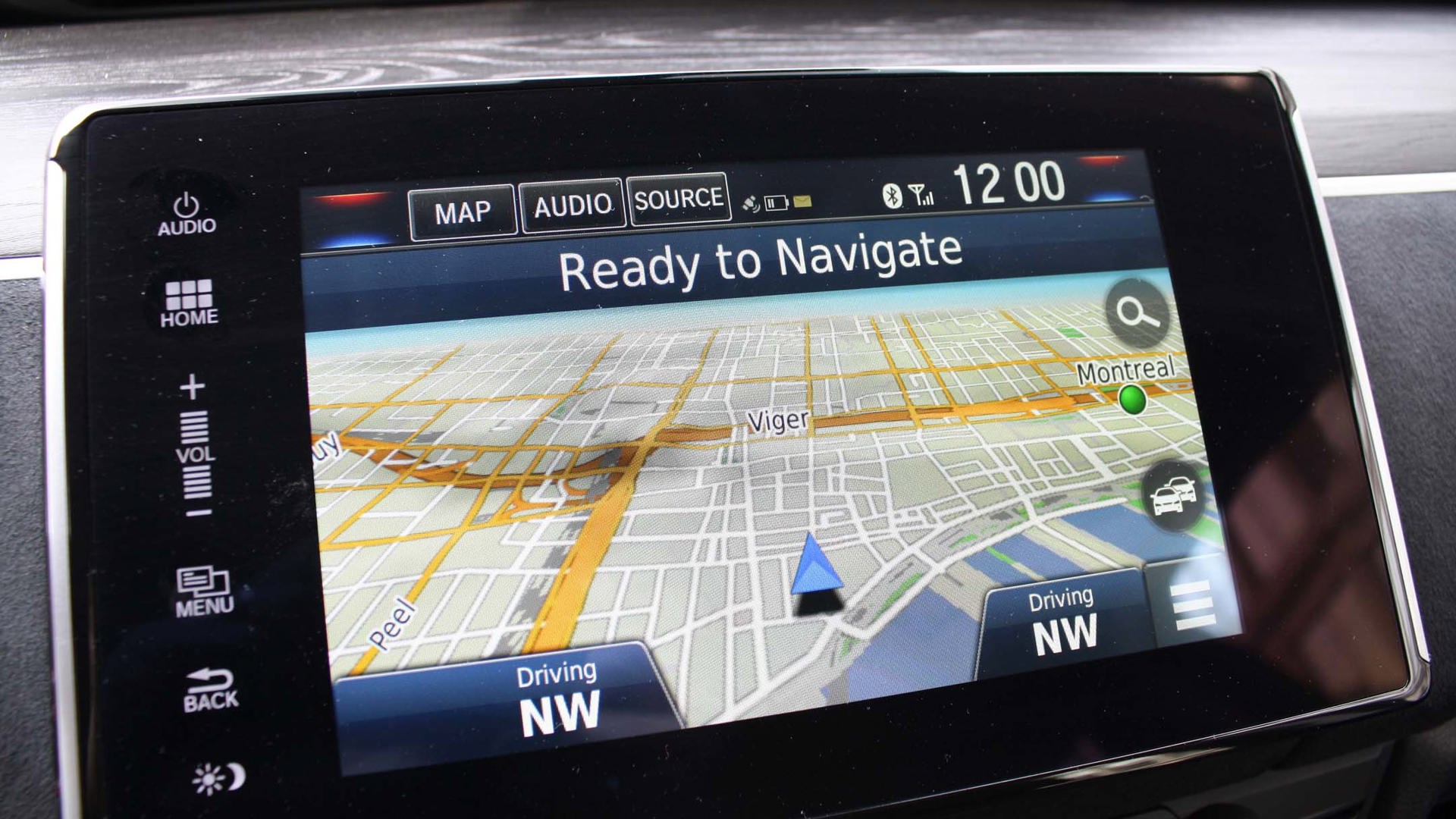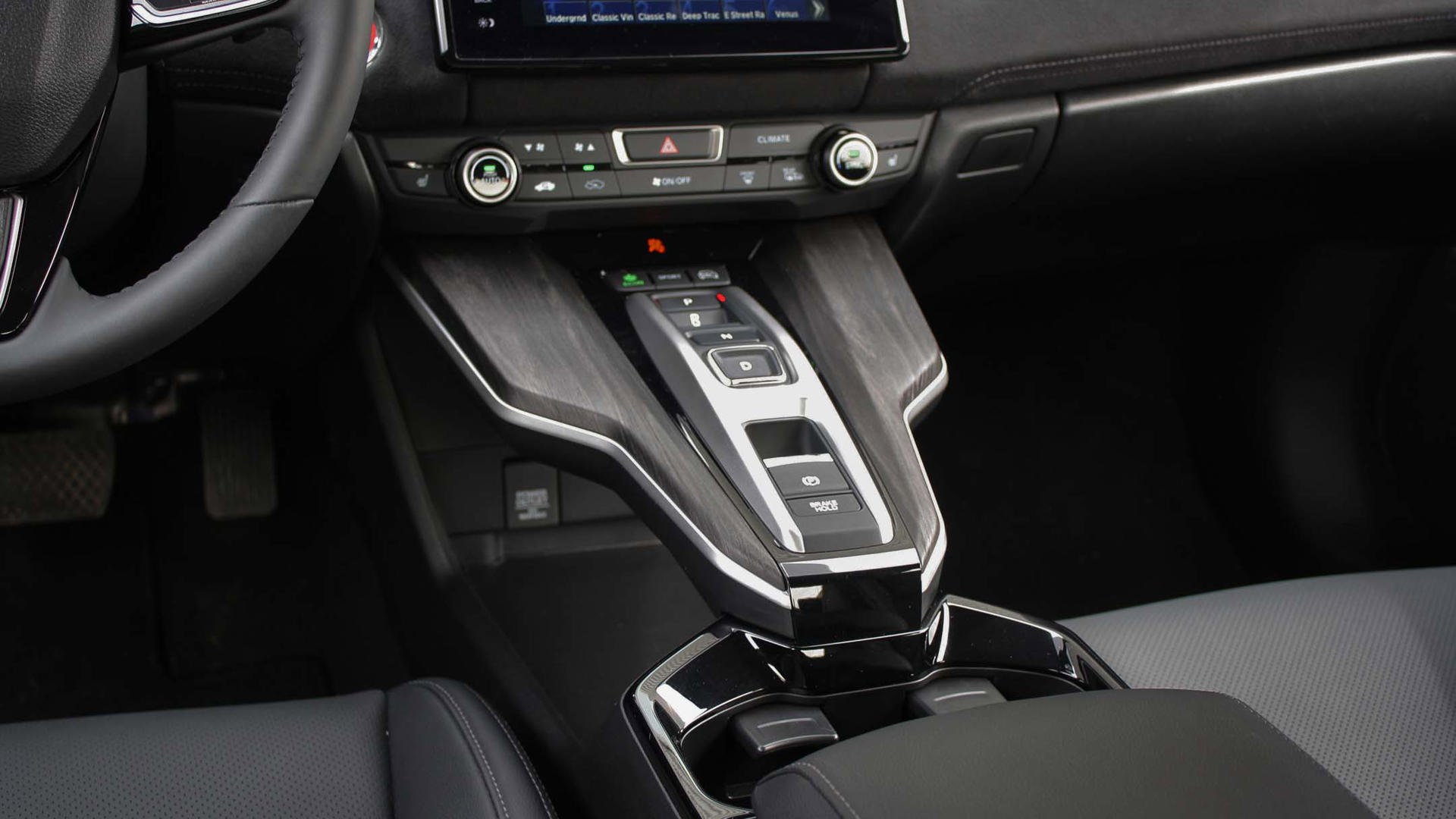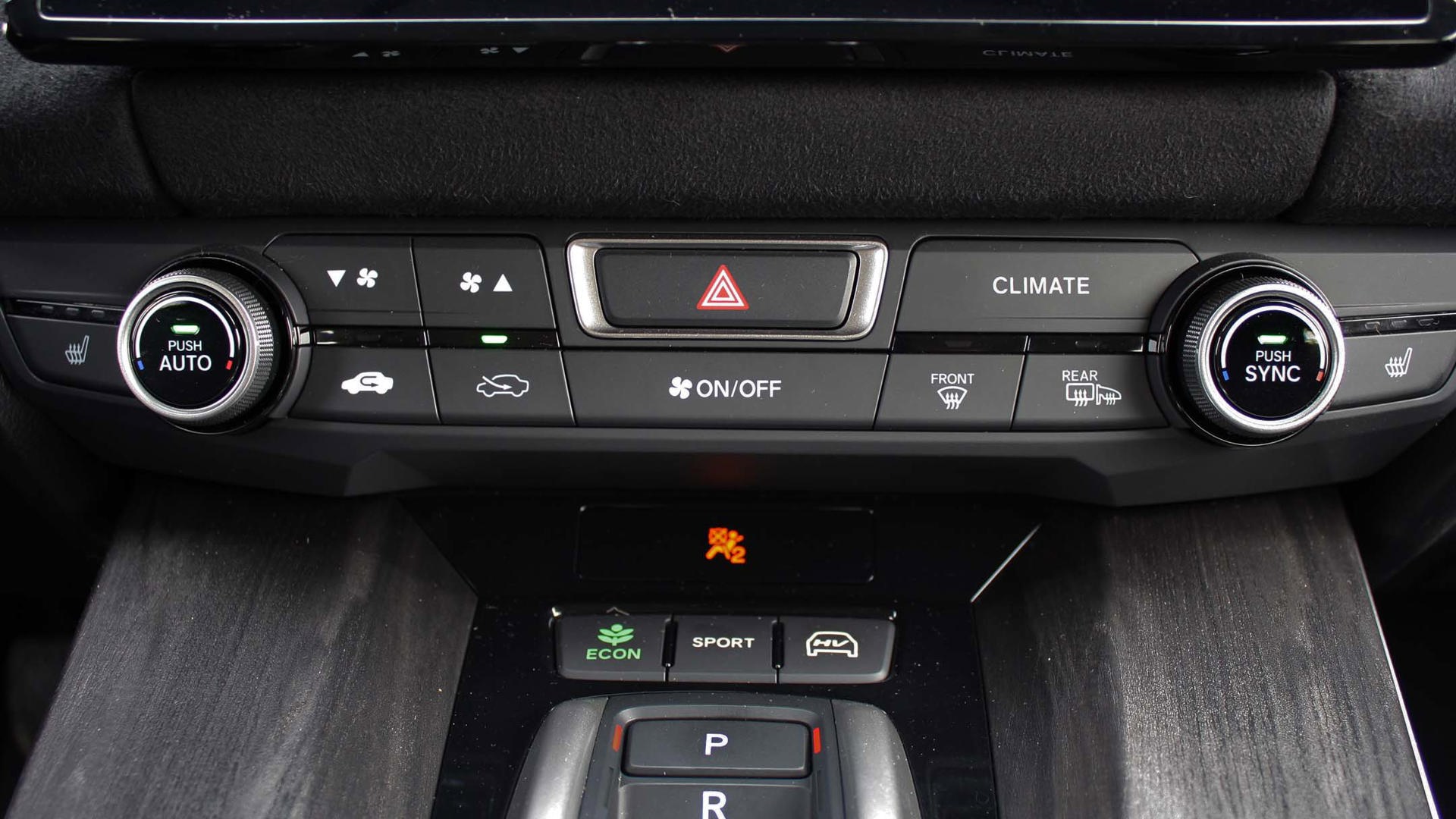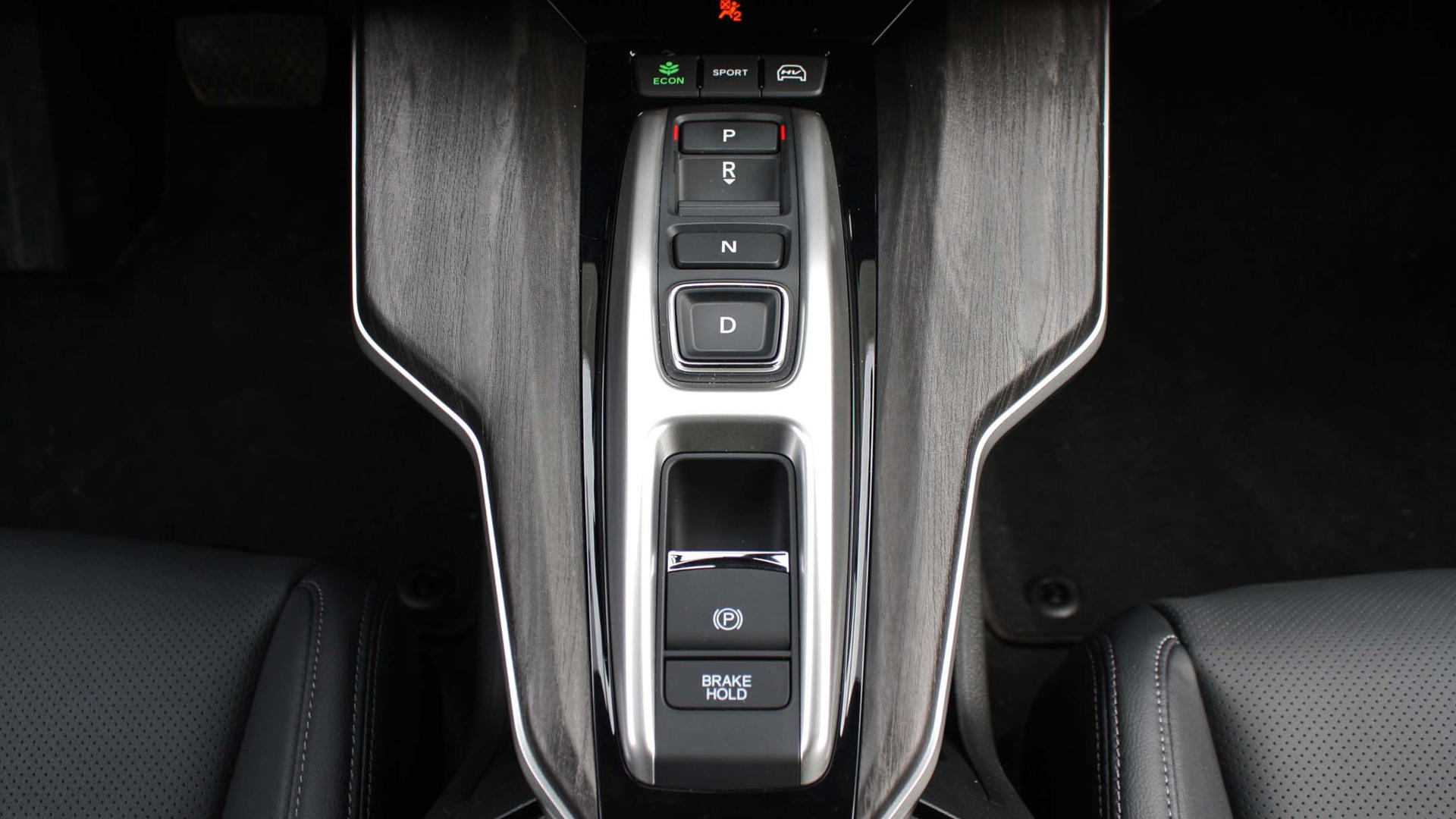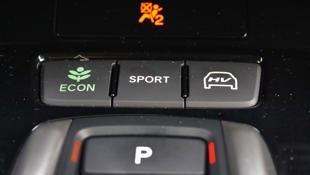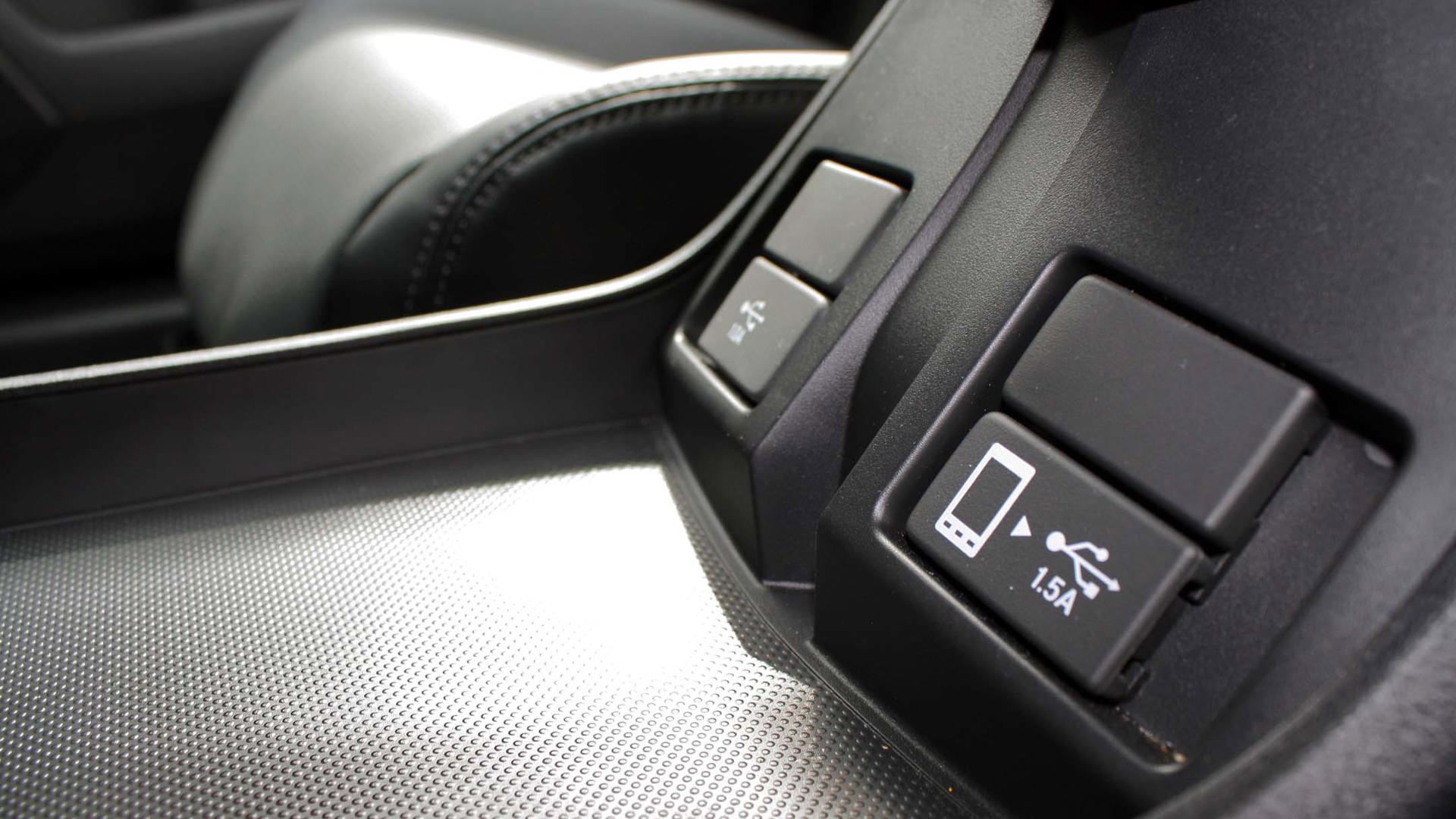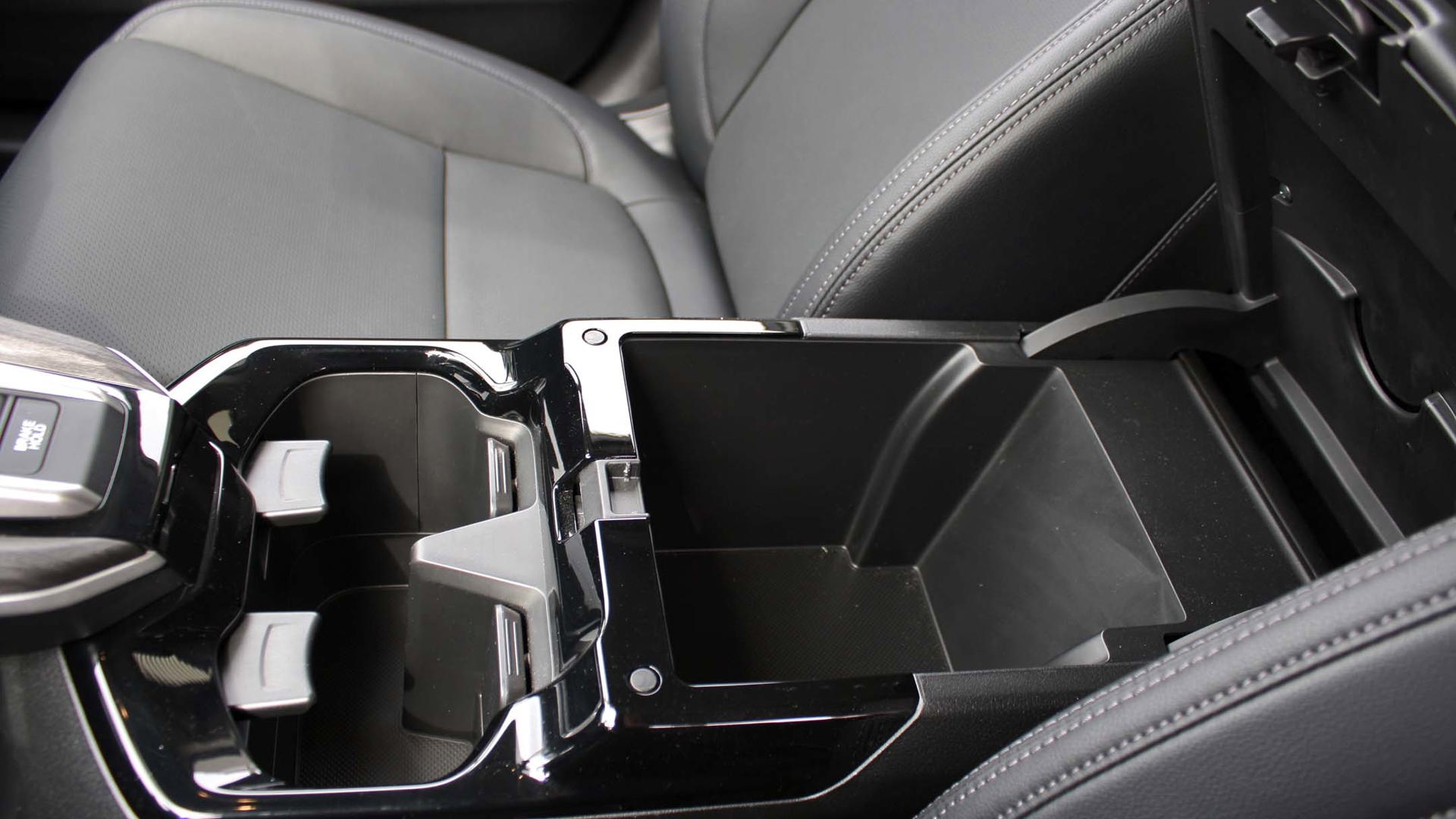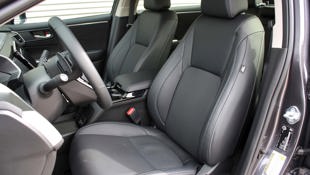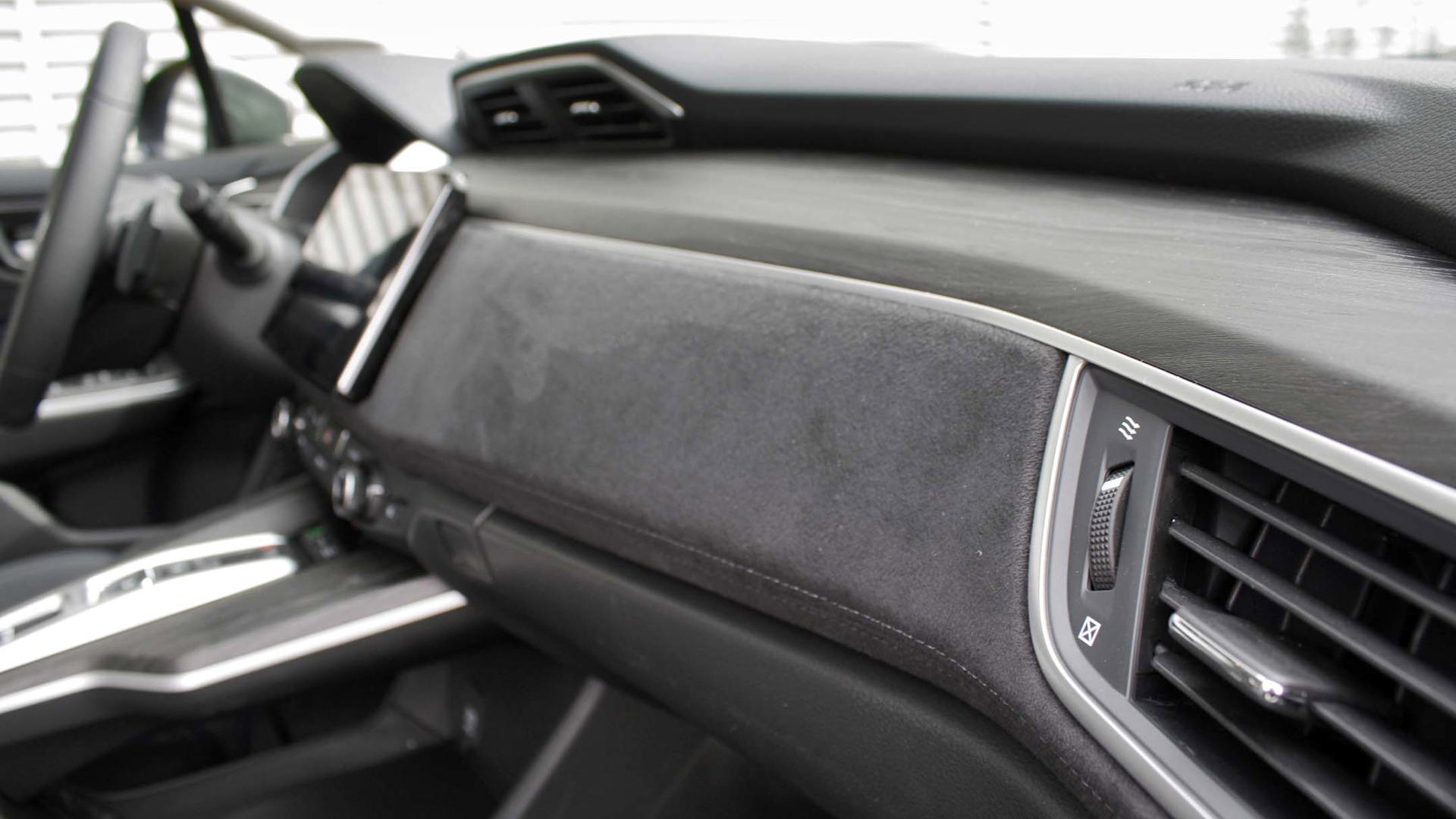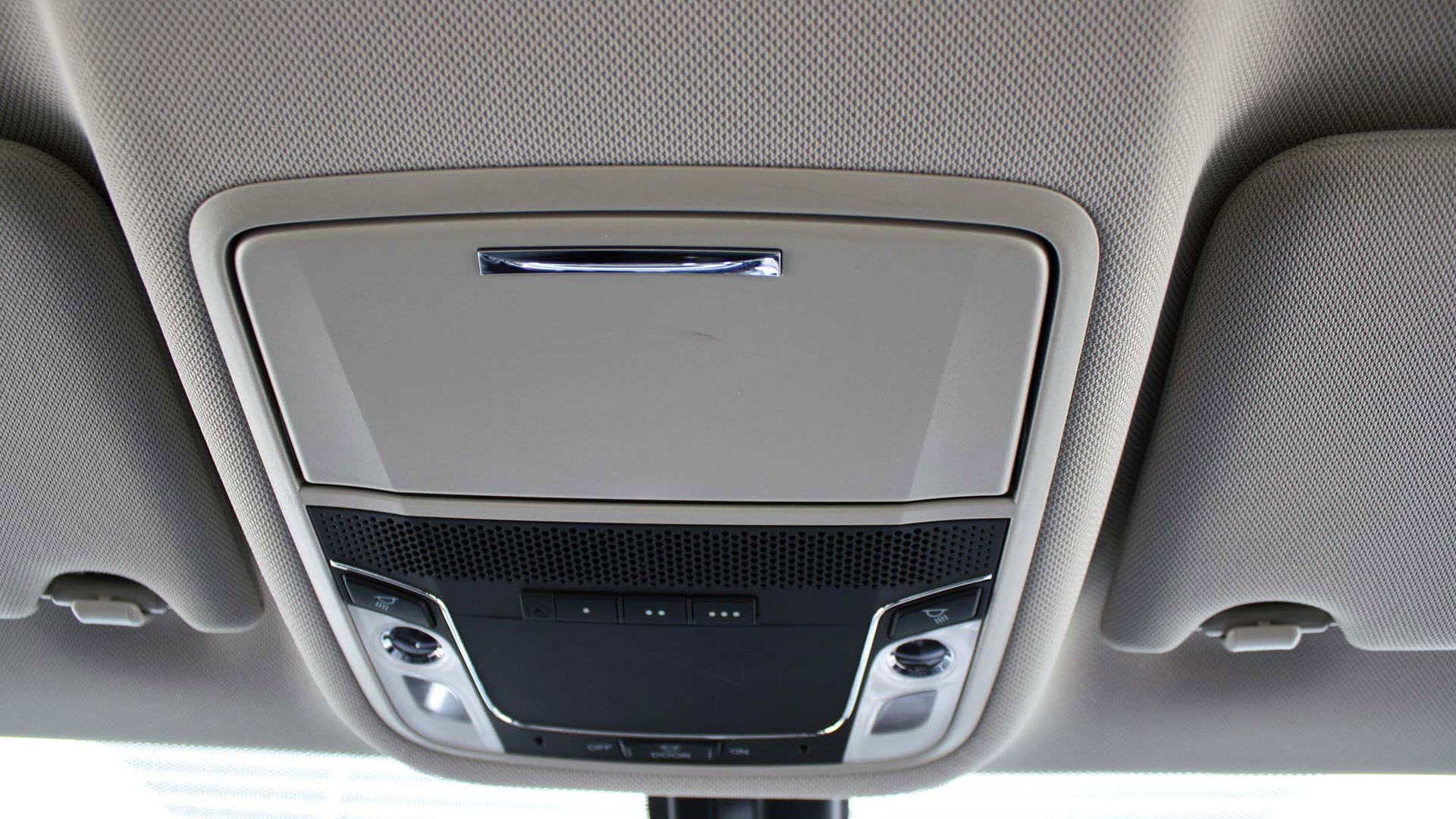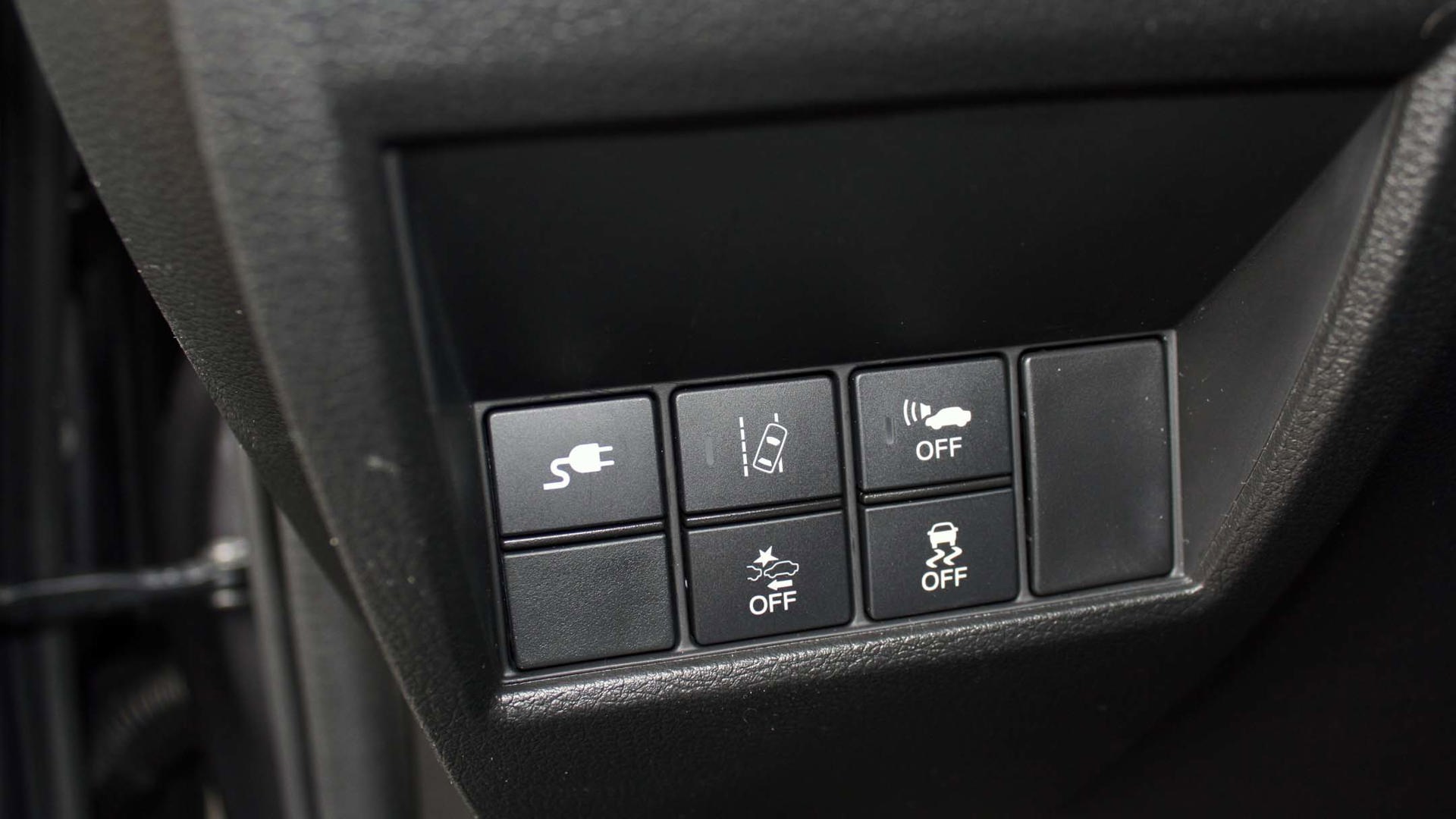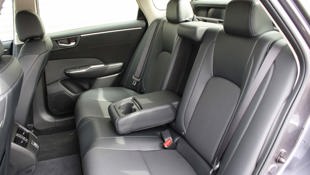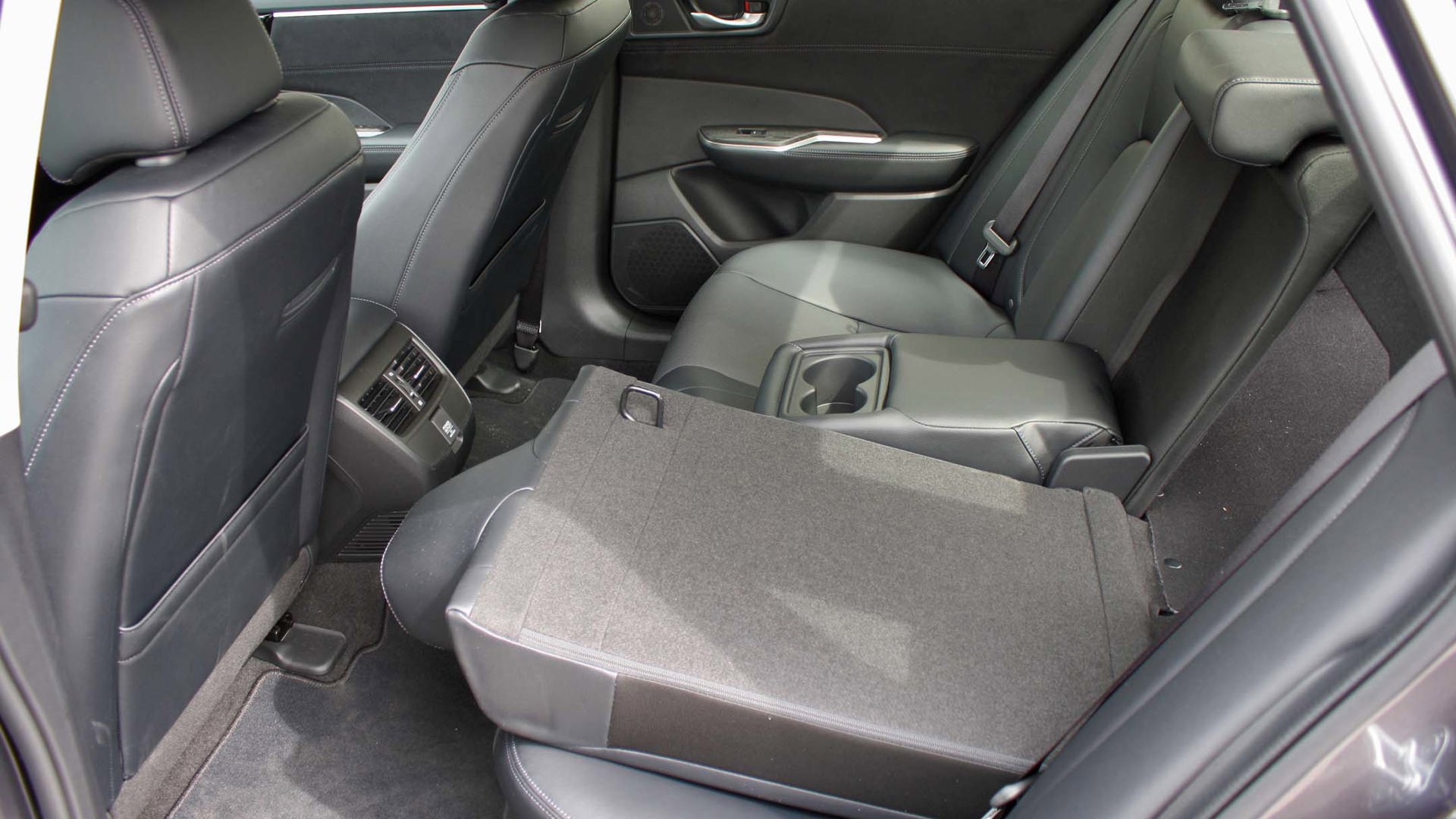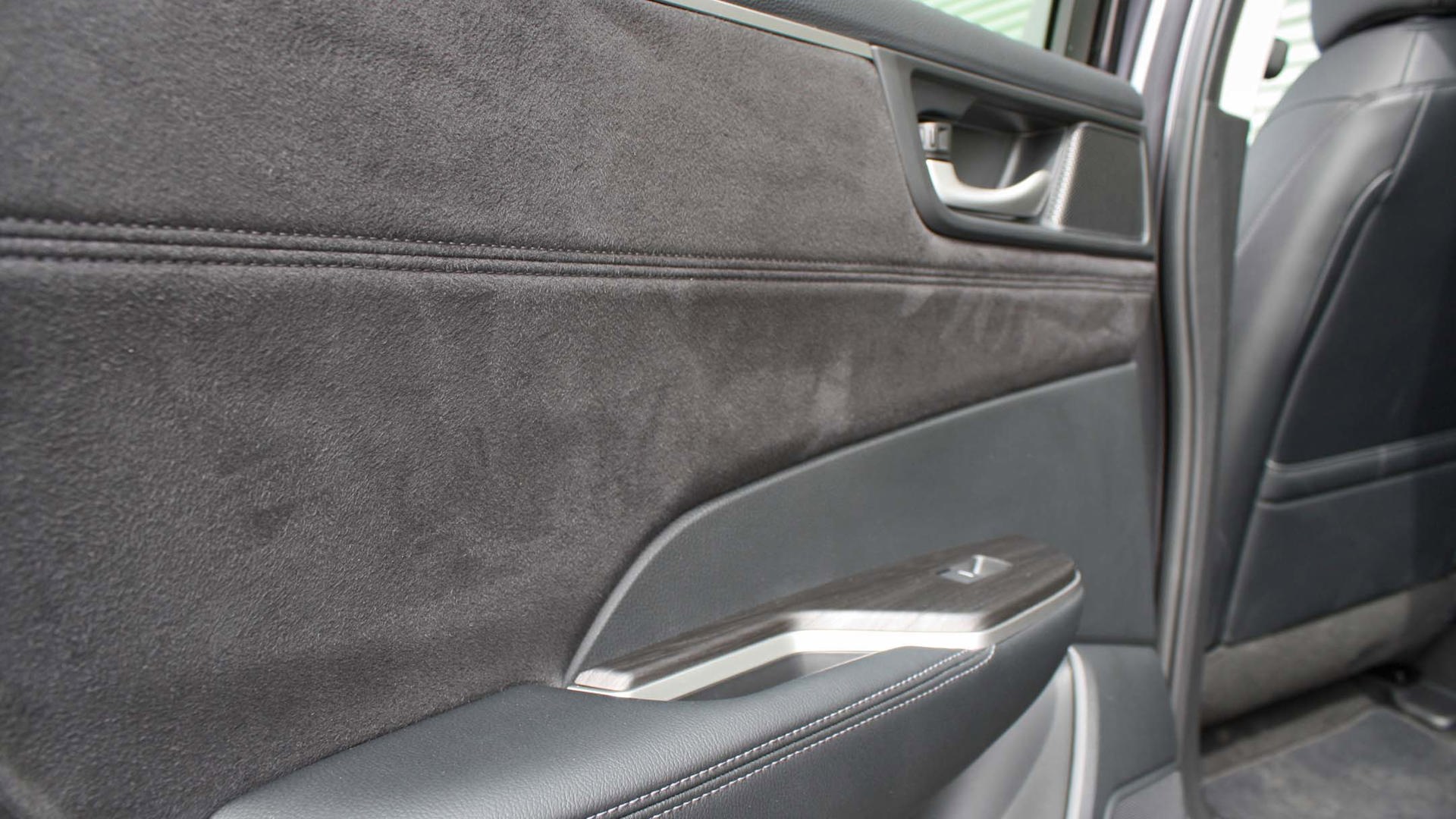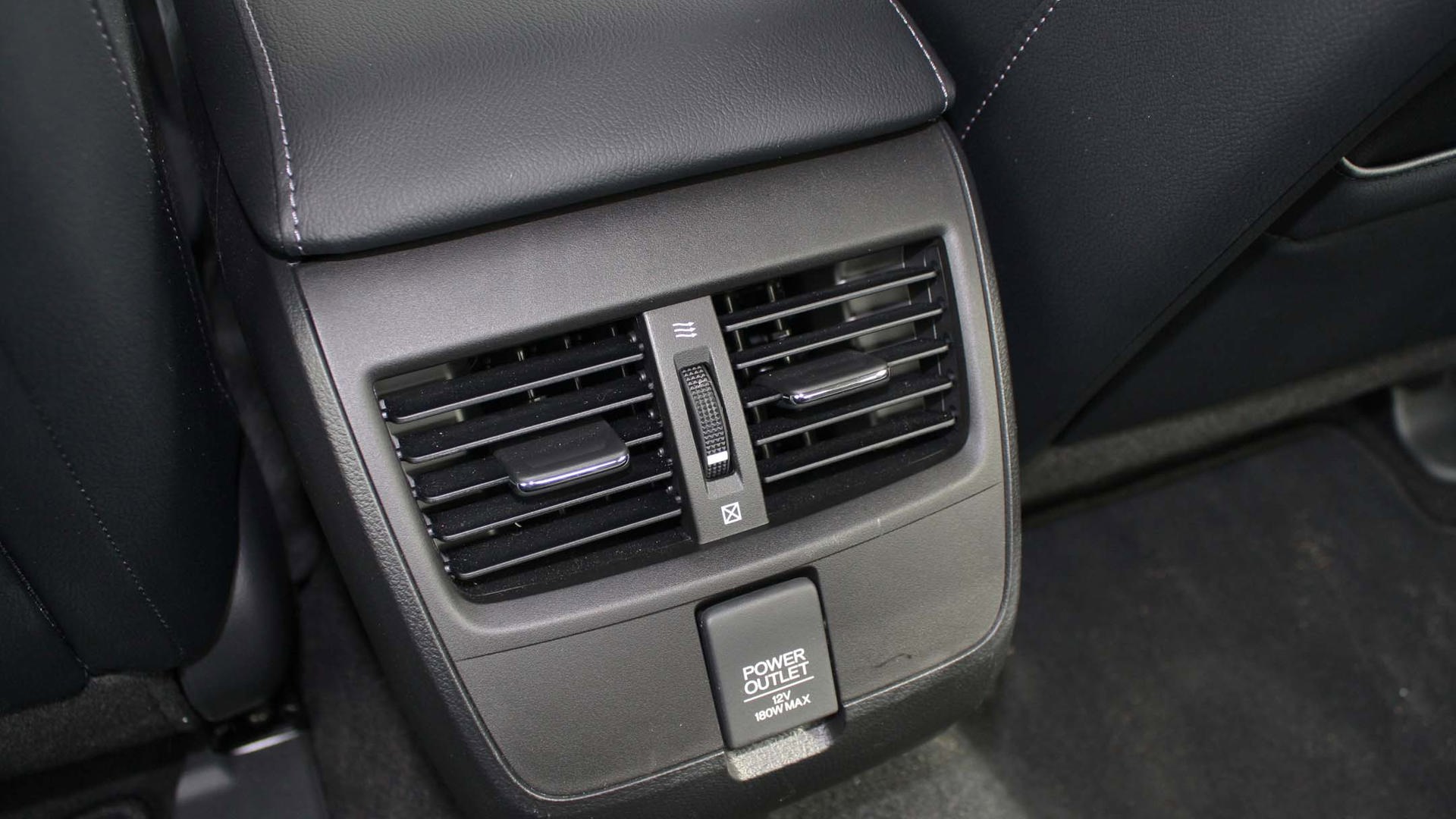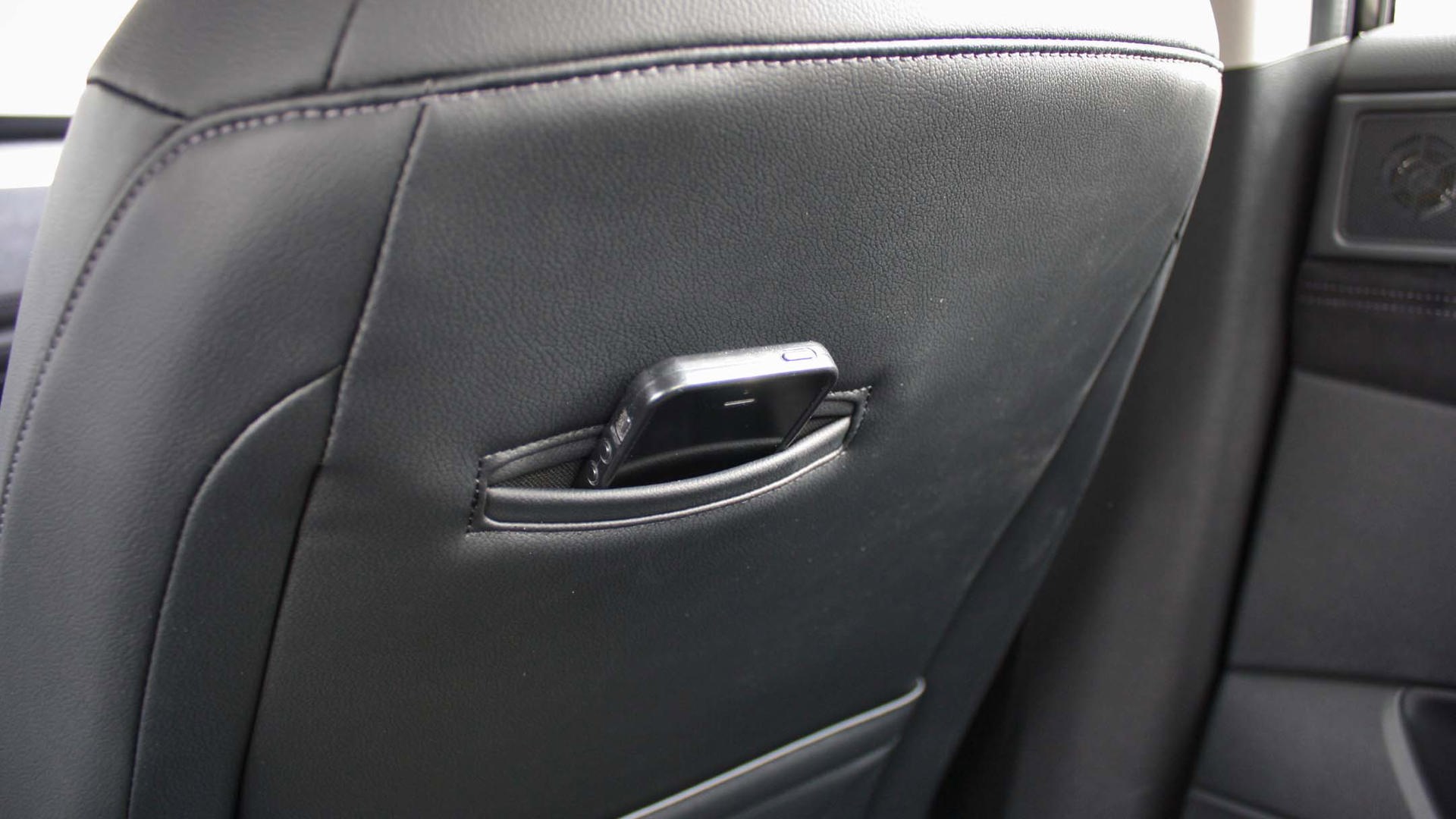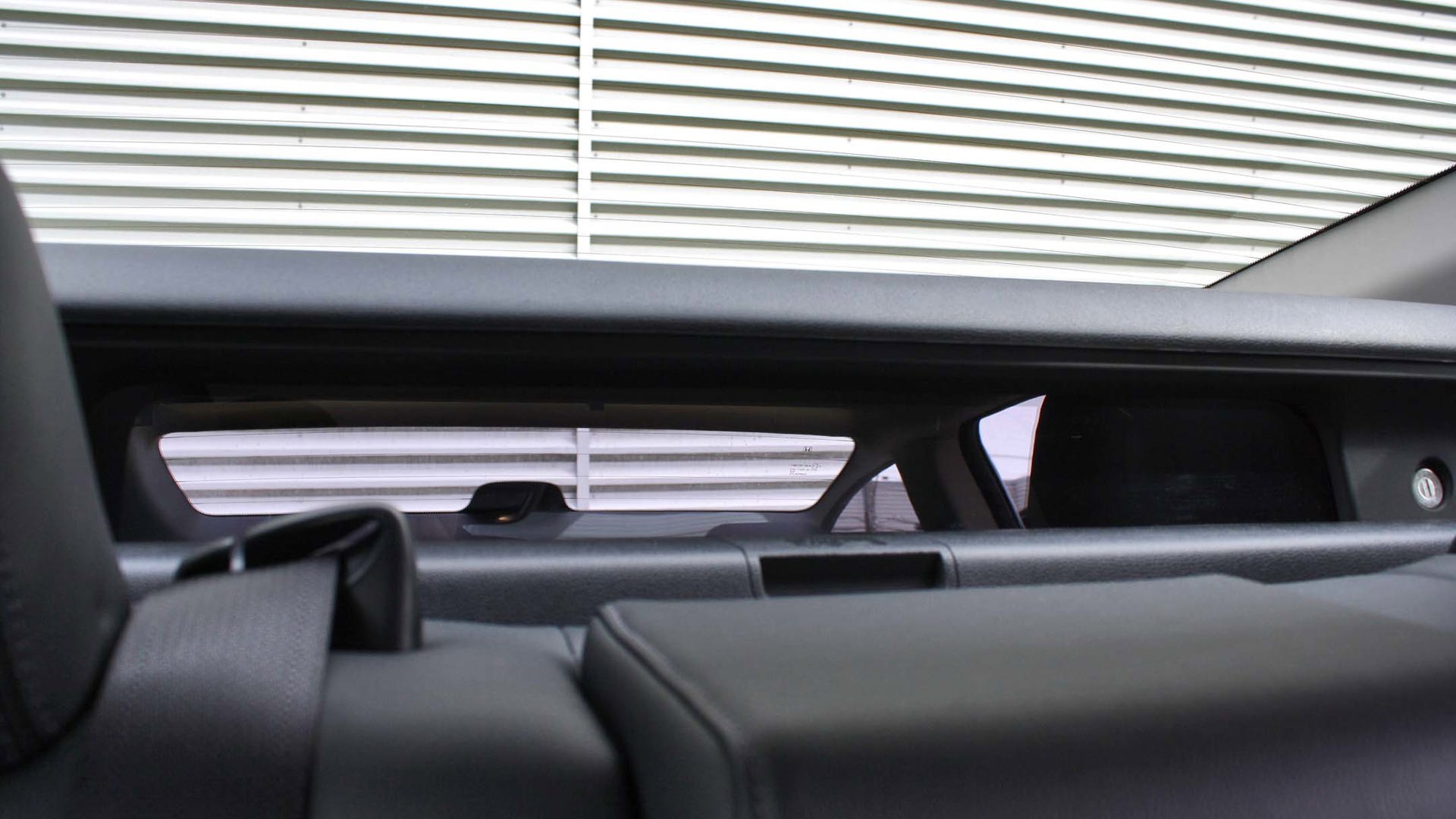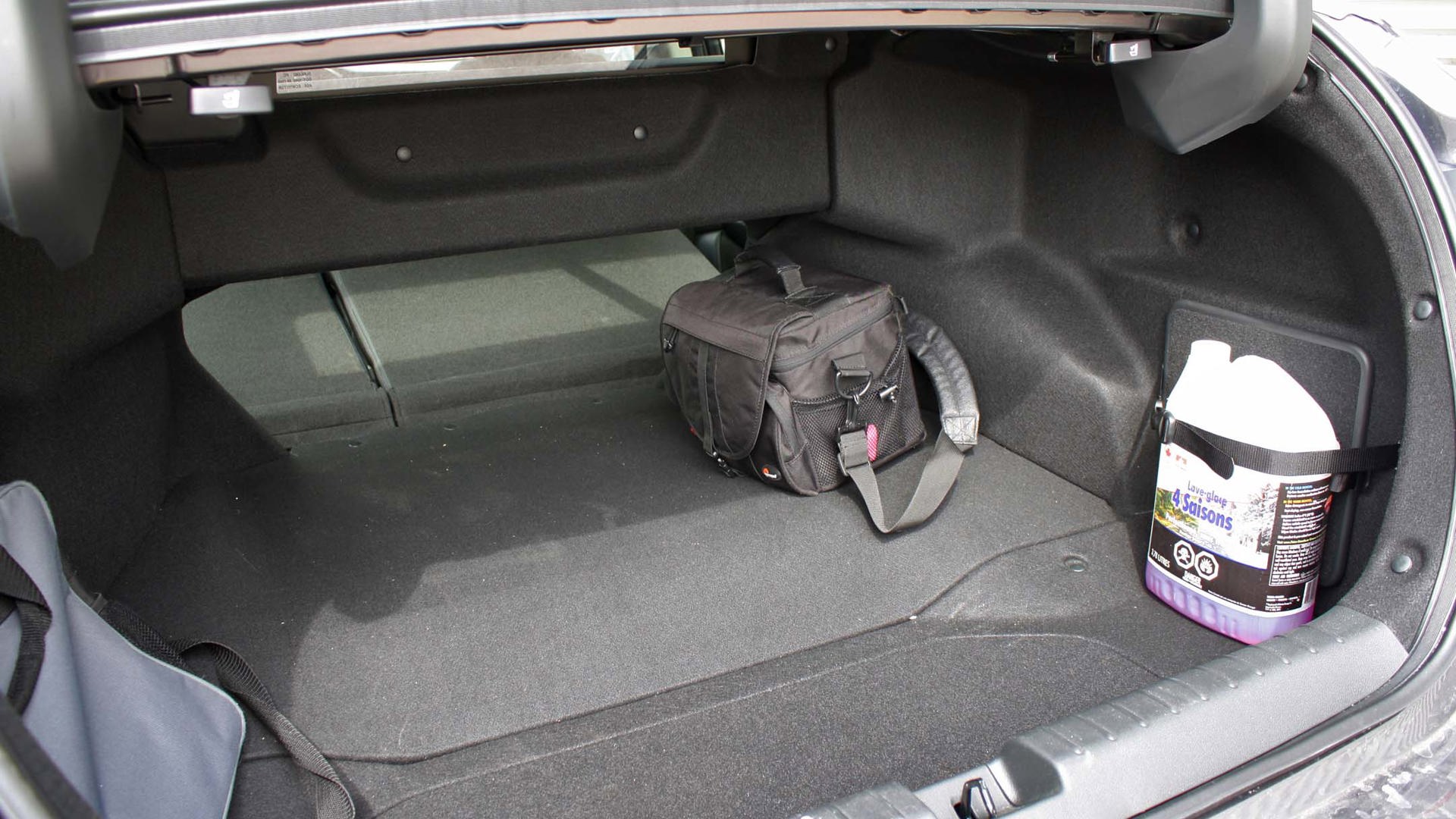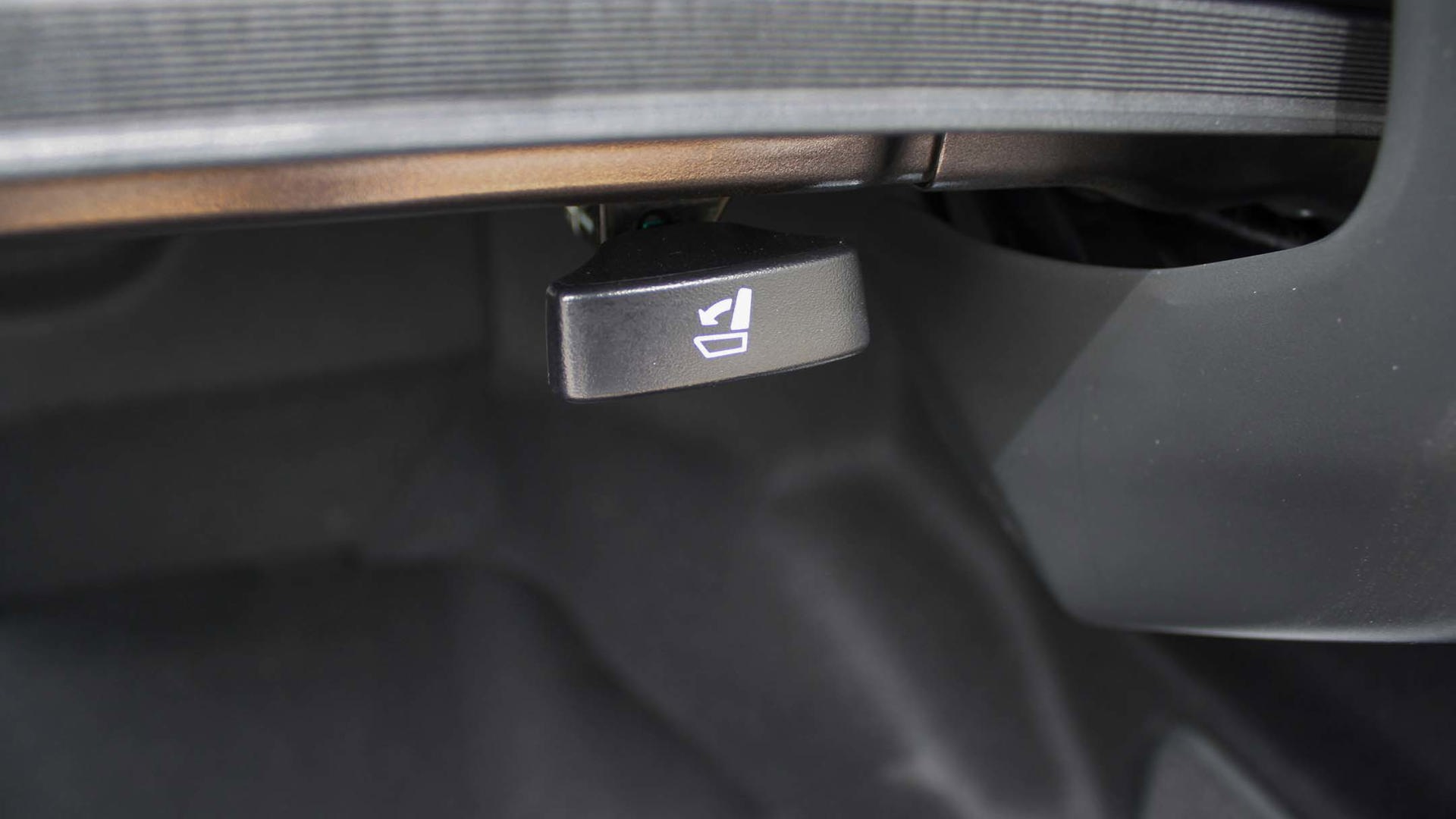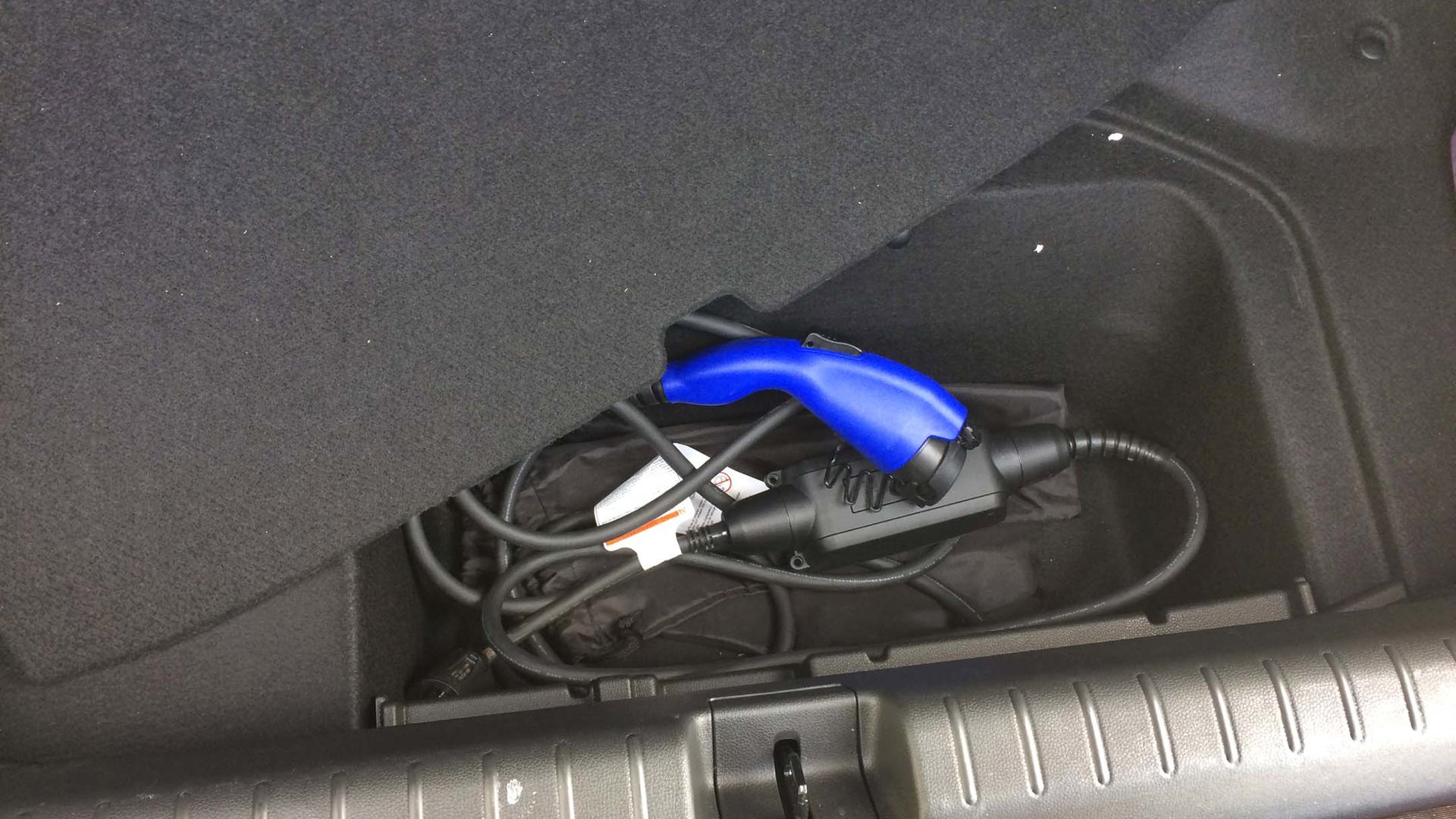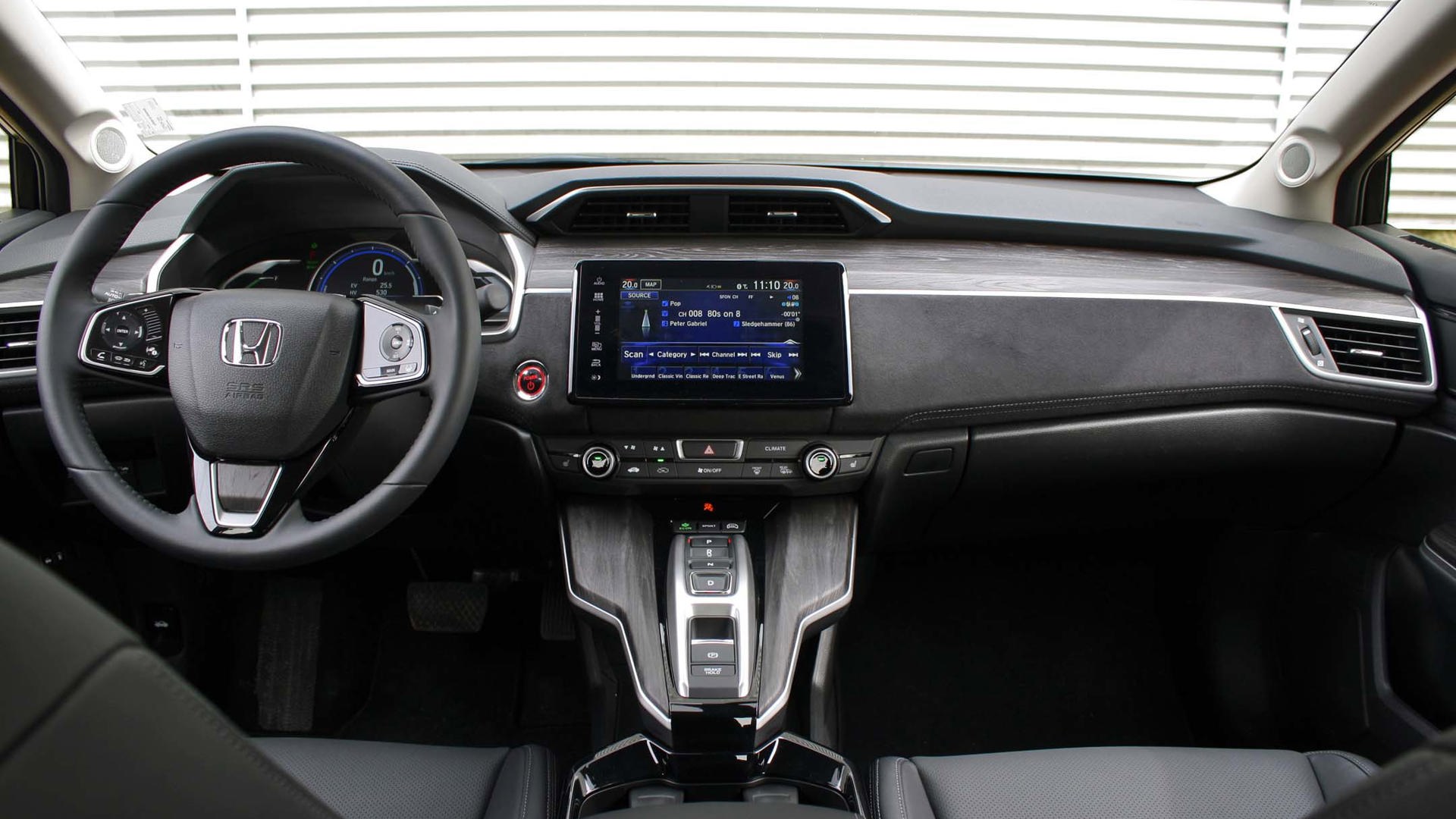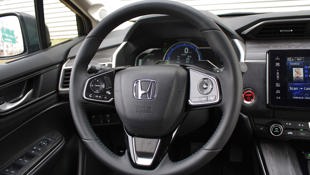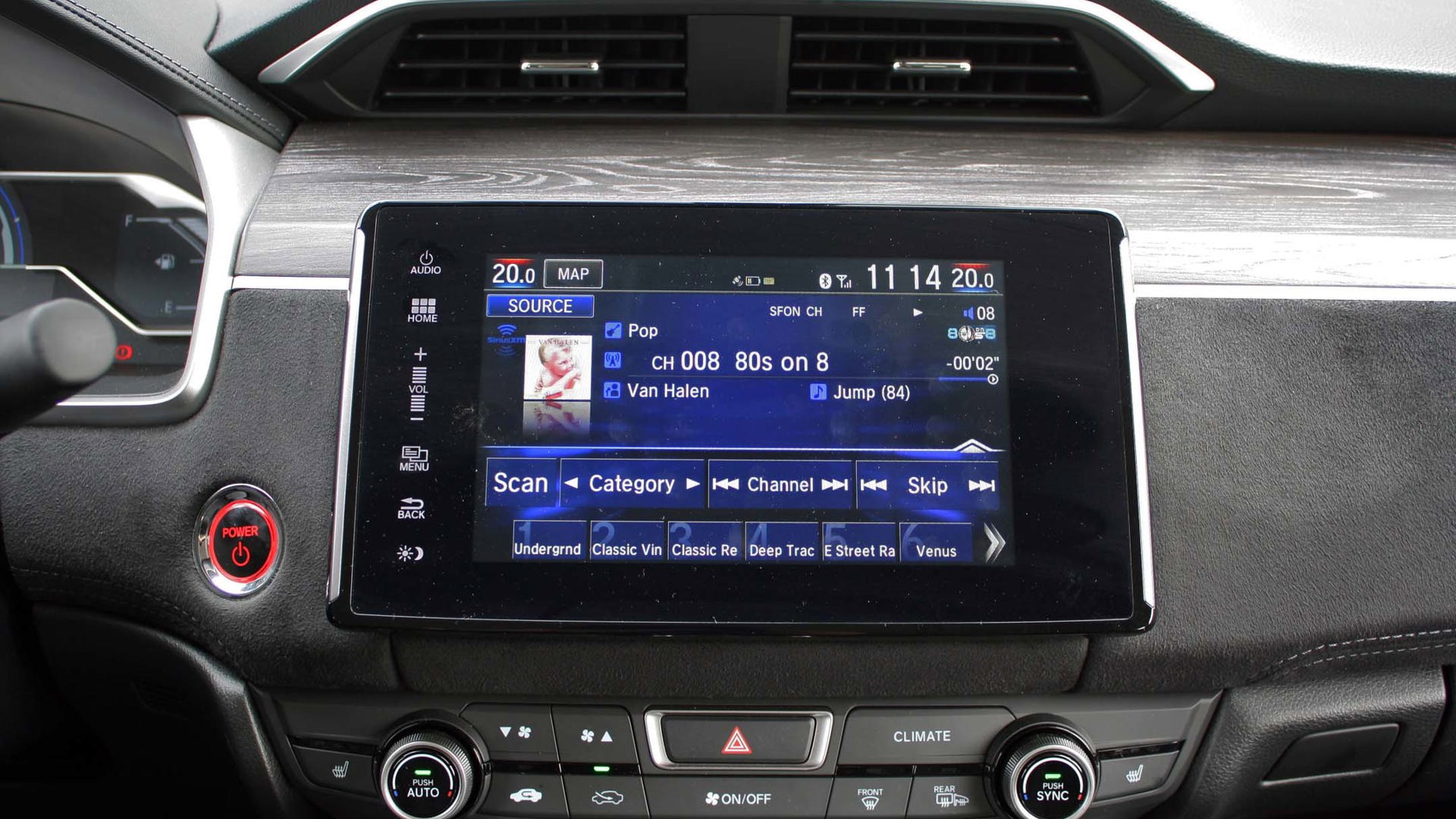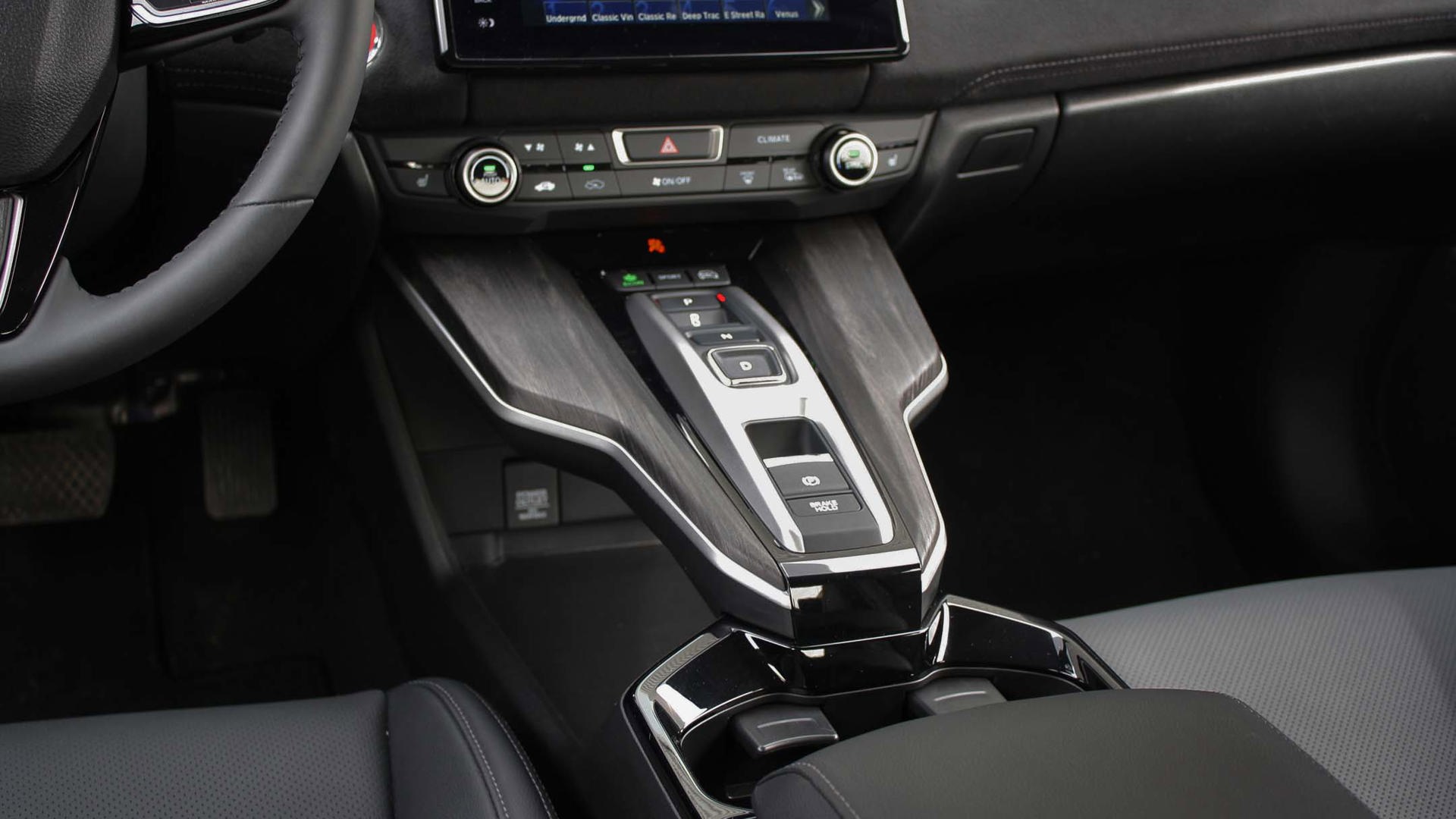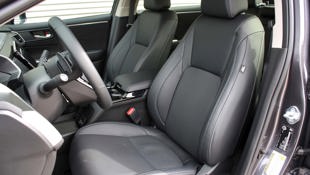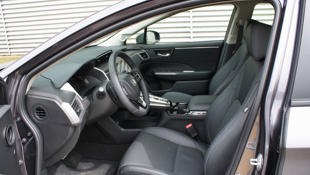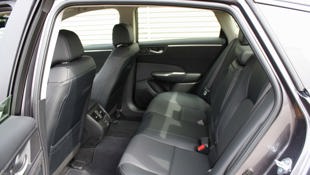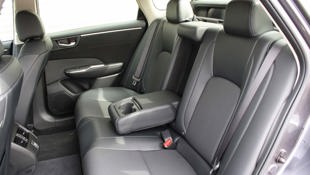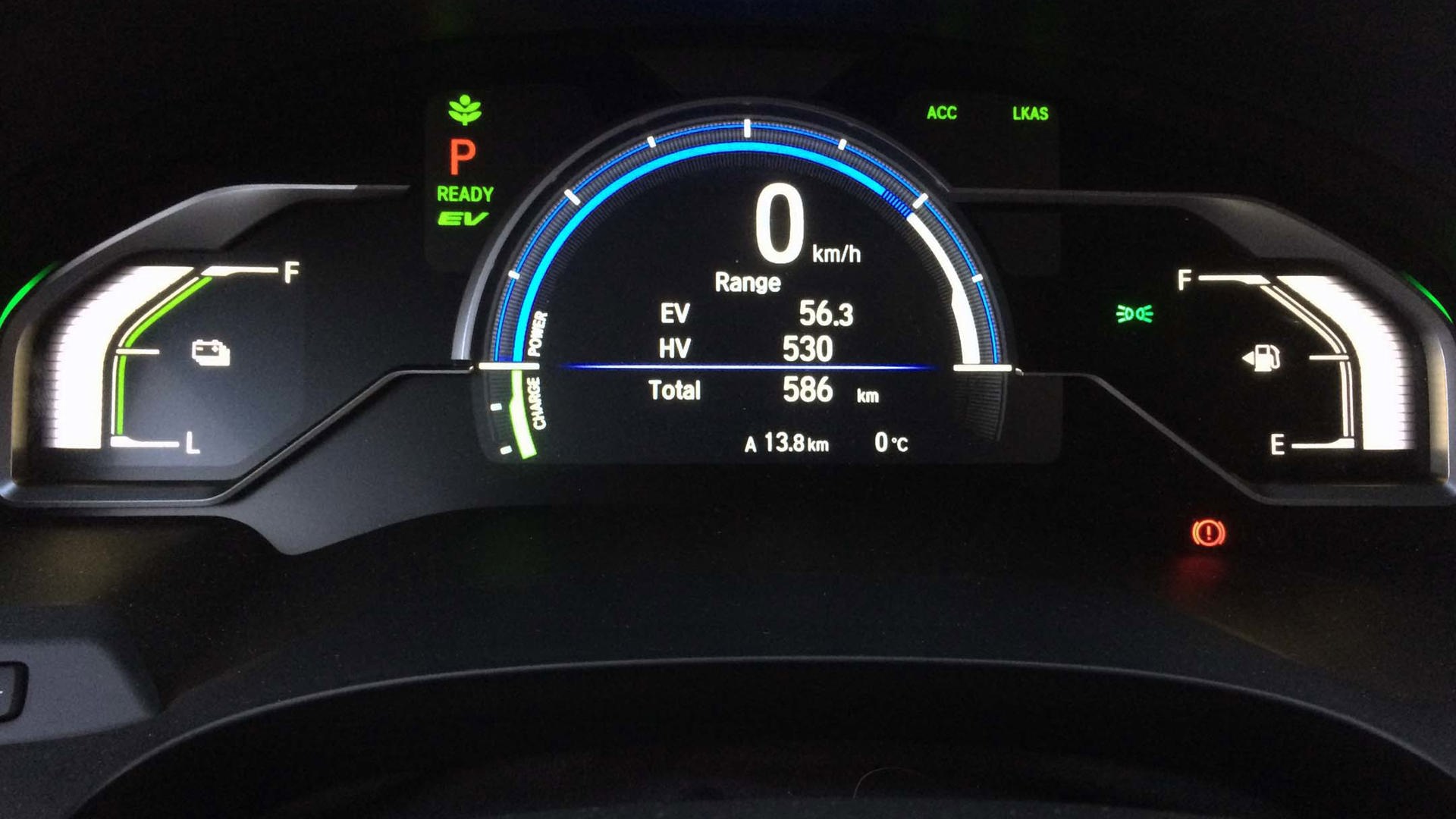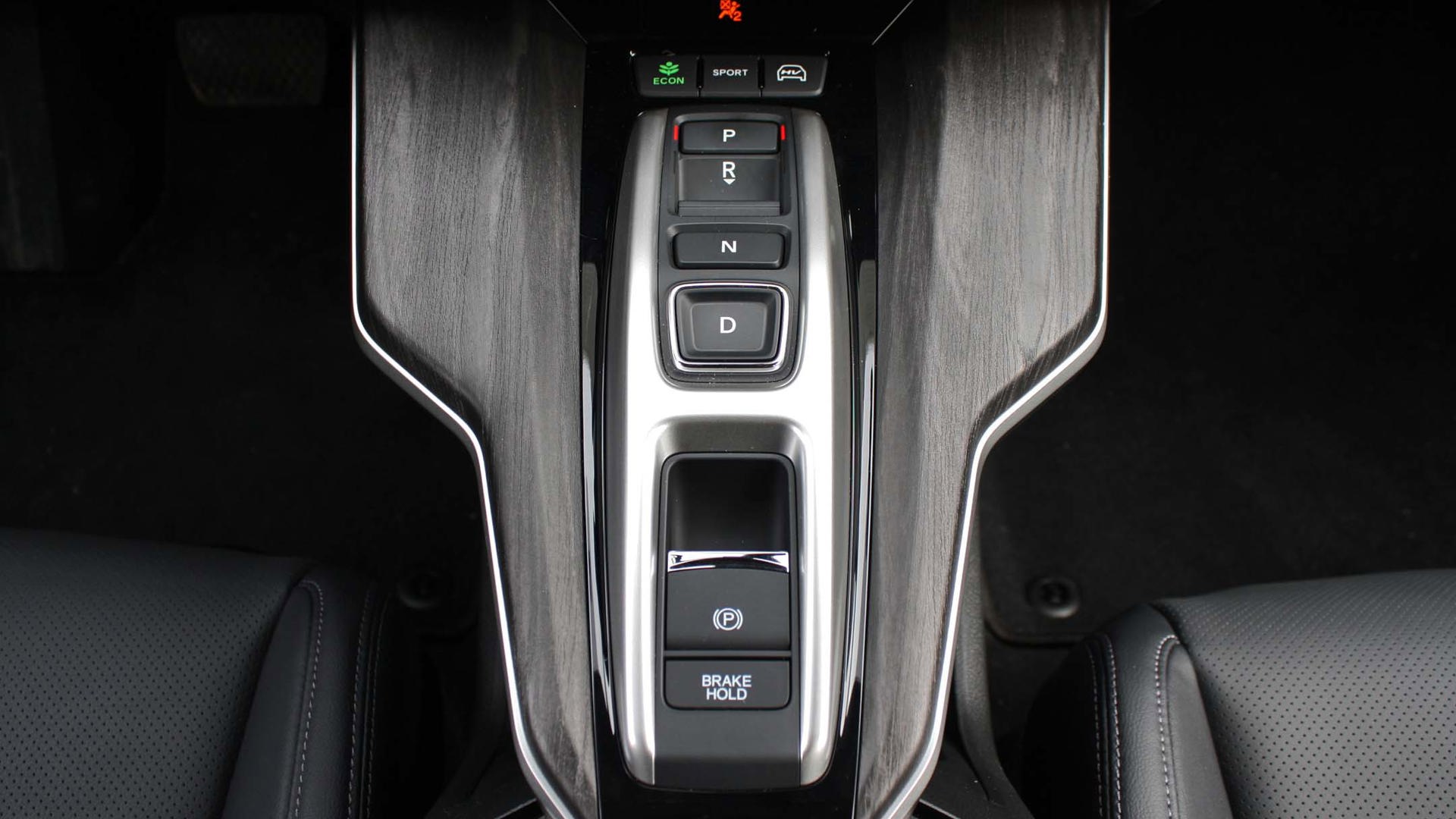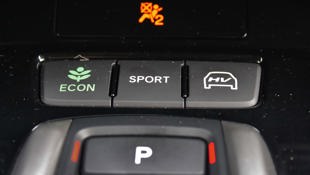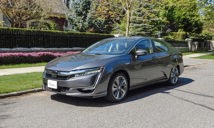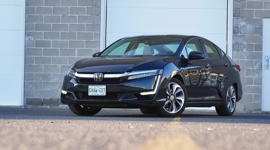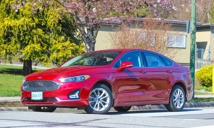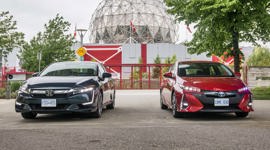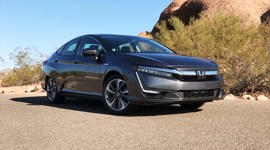 AutoTrader SCORE
AutoTrader SCORE
-
STYLING7/10
-
Safety9/10
-
PRACTICALITY9/10
-
USER-FRIENDLINESS7/10
-
FEATURES8/10
-
POWER8/10
-
COMFORT8/10
-
DRIVING FEEL8/10
-
FUEL ECONOMY10/10
-
VALUE10/10
Many people think plug-in hybrids are the neither-nors of the automobile world, caught between a gas-fuelled comfort zone and the shiny all-electric future. Yet PHEVs, as they are called, offer the go-anywhere freedom of a gas car while motoring silently through commutes and grocery runs.
0.25 L/100 km works for me.
Yes, some of them offer all-electric ranges that border on uselessness, but new players approach the PHEV compromise with specifically designed components under their (occasionally) intergalactic styling. As does this tester, Honda’s all-new Clarity PHEV.
The 2018 Clarity is the direct descendant of the FCX Clarity hydrogen fuel-cell vehicle that Honda offered between 2008 and 2014. The FCX could be filled in five minutes like a gas-powered car and only produced water as emissions; but hydrogen is costly to produce, and distribution is mostly experimental even at this stage. The FCX was a high-cost rolling experiment.
Enter the 2018 Clarity. The second generation of Honda’s Earth Dreams flagship now seeks profitability to go along with image, and while a fuel-cell version is available in some markets, other variants are tasked with the helping the manufacturer’s bottom line: a battery-electric version, which Canadians won’t get, and this PHEV version, on sale now from coast to coast.
Numbers you can bank on
This plug-in hybrid’s pièce de résistance is a 17 kWh battery pack, located under the rear-seat area. This component is why the Clarity is getting impressive incentives in Ontario ($13,000), Quebec ($8,000), and BC ($5,000). Despite its large capacity, a full charge is reached in just 2.5 hours on a Level 2 charger (charging on a regular 120V outlet with the portable charger will take 12 hours).
Something had to give, with fitting such a large battery, and here it’s the gas tank, limited to 26.5 litres – but no worries: estimated combined range exceeds 550 km. Canadian-market Clarities have a battery heater, but the car may not start when actual temps – not wind-chill factor – dip below –30 C, even if plugged-in, says the Clarity’s owner’s manual.
In the role of the internal combustion engine (ICE), we find a naturally aspirated 103 hp, 1.5-litre DOHC four-cylinder, based on the Fit’s but employing the Atkinson cycle in this application. A battery-fed 181 hp synchronous electric motor is teamed up with the ICE, sending the power to the wheels, which the Clarity does without a proper transmission, using instead a planetary gear set to connect the motor to the front wheels. Max torque of 232 lb-ft is available from 0 to 2,000 rpm thanks to the electric motor, while the combination peaks at a combined 212 hp.
According to Honda, maximum EV range is 76 km, and I’ve seen 67 km displayed under less-than-ideal conditions. That range is not overly affected by normal highway speeds – rare for a plug-in – and sometimes outperforms that estimate on surface streets. The use of regular gas diminishes an already minimal fuel bill.
A mode for every occasion
The Clarity defaults to “EV” mode at every push of the start button, which keeps the car on battery-electric propulsion as much as possible. Other driving modes are accessed through good-old physical buttons located just ahead of the gear controls.
After driving the entire Honda range, this is the least dreadful Econ mode I’ve encountered. Its effect on acceleration and HVAC is very subtle and it will stay on once set (no need to push the button again at every start).
Next button over is “Sport”, putting the maximum combined power and torque at your disposal, keeping the combustion engine alive more often than in the two other modes. The “gas” pedal becomes livelier, the steering gains heft. The Clarity will still silently cruise with the engine off at residential speeds, but it becomes notably more playful under this setting.
To the right of Sport is the “HV” button, for “hybrid vehicle”, which is a battery-saver mode that turns the Clarity into a regular hybrid. This is the default operation once the EV battery is depleted, and it mimics the “battery save” mode found in other PHEVs. Use this when you want to save EV potential for later without having to plug-in. The car will still cruise silently, but for shorter distances to preserve electrons.
The HV button has a trick up its sleeve: hold it down for a few seconds, and it puts the Clarity into “Charge” mode, the ICE engine turning into a generator that partly replenishes the battery (up to 12 bars on the display, or about 60 percent charge). This mode uses more gas, but it can be handy if, say, you’re on your way to an urban area that restricts vehicle traffic to EVs and public transit. Charge mode only operates at steady higher speeds, such as during highway travel.
Functional beauty
The Clarity’s aesthetics are peculiar, but for good reason. The fixed fender skirts are the Clarity’s most controversial styling element, but they help reduce drag. The rear deck’s height takes root in the fuel cell version, housing a bulky hydrogen tank and its hardware behind the rear seats. From there also comes a novel feature for a non-hatchback: a vertical window splitting the gap between the parcel shelf and the top of the rear seats. The dark piece of the trunk lid above the licence plate is also glass, so the driver sees right through the trunk with the rear-view mirror.
The front end is crisp and modern, maybe even less gimmicky than on some other Honda products. This tester generated mostly positive reactions from bystanders, but the “Modern Steel Metallic” paint helped here, as it blends well with the aero details, like the plastic covers inserted into the alloy wheels. The lighter the colour, the stranger the look becomes (only four colour options in Touring trim, two in base, and no, black is not an option in Canada).
If the exterior is up for debate, the Clarity’s interior may be a source of agreement: perforated black leather, grained (simulated) charcoal wood, thin chrome strips, suede-like fabric on the dashboard face. There’s no sunroof available, but the cabin is nevertheless airy thanks to Honda’s low-cowl approach. Driving position is excellent, helped by a well-located steering wheel with thick, leathered rim. Visibility is beyond reproach, and LaneWatch covers the blind spot on the right.
The infotainment screen follows the tablet-glued-on-the-dash school of design, but it manages to look classy, and its rim provides an anchor point while tackling too-small buttons on the go. Sadly, the Clarity doesn’t benefit from the volume dial revival of the latest Hondas, so using the steering wheel control is the best option. Voice commands are one way of working around the small screen controls (I easily programmed a destination by voice), as is Apple CarPlay or Android Auto.
The HVAC controls are thankfully knob- and button-based. The seat heaters are powerful, and can be automatically controlled when the car is in Econ mode. While cabin conditioning menus can’t be found within the car, the HondaLink app for smartphones allows setting remote charging schedules and cabin pre-conditioning while the car is plugged in.
Fully manual seat adjustments are a bit of a surprise on a Touring-trimmed Honda, but the buckets are very well shaped and offer all-day comfort. Rear legroom is limo-like in this mid-size sedan – the Clarity is longer than the Accord, though its wheelbase is a bit shorter, hence the slightly lesser rear legroom, but width at the hips is greater in the PHEV.
Many PHEVs take a bite out of the trunk to lodge batteries, but as the Clarity’s platform is dedicated, the heavy 17 kWh battery pack lies below deck, vacating a deep cave of a trunk with only a slight rise to its floor. At 439 litres, it’s only slightly smaller than the Accord’s.
EV for the city
From “empty”, the battery pack took in 14 kWh, revealing a generous reserve of roughly three kWh for hybrid use. While overnight temperatures in the –1 to +5 Celsius range were too low to reach the claimed 77 km of range on the dash display, most mornings I was credited with about 60 km of range, my top score being 67.
The Clarity excels at stretching its electrons on surface streets, and I have no doubt the claimed range can be exceeded – a 30 km return trip across town took barely 10 km of range away. Algorithms can send range numbers all over the place, but it returned very impressive real-world numbers: 461 km, on an observed 1.19 litres. If not for a construction detour that sent me beyond the Clarity’s EV range, I would not have used any fuel at all under my usual regime of urban mixed driving.
Still, 0.25 L/100 km works for me.
The Clarity has what looks like shifter paddles, “–” on the left and “+” on the right. They are in fact regenerative braking paddles: each pull on the left paddle adds one level of regen braking, from the default of none, up to level three – the levels being indicated by the number of downward arrows on the instrument panel. The right paddle drops the levels back down.
The paddles allow the driver to simulate downshifts while, say, approaching a curve, and then “upshift” on the apex, gradually cancelling the regen, while never touching the brake pedal. The paddles won’t stop the car, as their effect is subtle at speed. The net effect is that it allows “one pedal driving” only in the least-efficient Sport mode, similar to Audi’s A3 e-tron, a much smaller plug-in hybrid that is roughly priced in the Clarity’s ballpark.
The Clarity rides like a luxury car over broken pavement, despite its 235/45R18 run-flat tires. And it’s no slouch, either. The accelerator pedal has a well-defined resistance point in its travel, beyond which the ICE is triggered. In other words, there’s no need to drive as if the proverbial egg were behind the pedal in order to stay on electrons.
Even in Sport mode, the Clarity will behave like an EV at regular speeds, but the gas engine cycles on more frequently, and all the electro-mechanical horses are at your disposal. Combine this with adjustable regeneration levels, and you get a rather frisky green sedan.
While some EVs emit a concerto of servo clicks and motor whirrs to warn pedestrians of their approach, the Clarity is so dead-silent it relies on a futuristic organ soundtrack to announce itself to its surroundings (if you’re feeling sneaky, it can be turned off).
Highway cruiser
“What happens when the battery runs out?” As a PHEV owner, I get this question all the time. Well, it simply becomes a gas car – granted, more mechanical going-ons are involved.
Once down to two bars on the battery gauge, the Clarity defaults to Hybrid mode and cycles the gas engine on and off. The small four is well insulated from the cabin and while you will hear it, it sounds like a Honda four – not a bad thing. And unlike the Volt, no vibrations will be felt, either through the steering wheel or the seat of your pants.
To fully test the Clarity’s behaviour, we took it on a return trip to Ottawa from Montreal. Starting with a full charge, and showing 61 km of range available, the car actually delivered an observed 63 km of silent running. And here’s where it trumps the competition: it did so driving with traffic, on freeways, at a clip 15 percent above the speed limits.
I let the car default to Hybrid for two km, set the cruise at 115 km/h for the lonely stretch ahead, then pressed the HV button for Charge mode. The gas engine became a generator spinning at high rpm, but not intrusive thanks to general highway sound levels. The battery reached its 12-bar charge limit from this mode over 130 km. Charging this way is rarely frugal, but once I arrived at my destination, the trip computer showed 5.4 L/100 km.
This dead-of-night ride showed the low-beam talent of the Clarity’s headlights, painting a wide LED-white swath right to the wood’s edge – perfect for spotting four-legged critters. High-beams did not add much to the mix though. The Clarity tracks pretty well at speed, even by itself under the lane-keeping assist system, and provides a refined ride. This is one plug-in that blends well with the open road.
For the return trip, we again started with a full battery, thanks to a public charging station. No Charge mode this time, but the same set speed. The trip computer indicated 3.5 L/100 km, while after a refill we calculated 5.26 L/100 km for the whole trip. Over the entire 1,013 km I spent with the car, this test’s average fuel economy was 2.1 L/100 km according to the trip computer, pretty close to my own calculated 2.4 L/100 km.
Given today’s elevated gas prices, these are pretty appealing numbers from a controversial-looking car.
A clear vision
With the Clarity, Honda has dropped the mike in the plug-in marketplace. Bringing full-size sedan room, luxury car ride, a contemporary vibe, complete feature set, and full deck of driving modes, the Clarity paints a very clear picture of a future where gas use will be anecdotal – and without resorting to soulless beige transportation pods. Yes, it could use a full set of rear fender openings and smaller taillights, but the next time somebody asks me what the best midsize car on the market today is for a family on a budget, I’ll know how to answer with more Clarity.
| Engine Displacement | 1.5L |
|---|---|
| Engine Cylinders | I4 |
| Peak Horsepower | 212 hp @ 5,500 rpm |
| Peak Torque | 232 lb-ft @ 0 rpm |
| Fuel Economy | 5.3/5.9/5.6 L/100 km city/hwy/cmb |
| Cargo Space | 439 L |
| Model Tested | 2018 Honda Clarity Touring |
| Base Price | $43,900 |
| A/C Tax | $100 |
| Destination Fee | $1,655 |
| Price as Tested | $45,655 |
|
Optional Equipment
None
|
|
